World War II brought rapid development and economic growth to Oakland. The economic boom of the War brought relief for many parts of the United States after the Great Depression of the 1930s, and Oakland’s economy and industrial sector also benefited.
Oakland During WWII
During World War II, Oakland was a major centre of goods production because of its productive port, the largest seaport in Northern California, and its strategic location at the terminus of major rail lines. Oakland’s shipbuilding and canning industries produced goods at record speeds during the War, which provided tremendous new jobs. It led to a population boost in the 1950s: almost 100,000 people moved to Oakland between 1940-1945, and the 1945 special census showed the city had 405,301 people.
The wartime expansion of Oakland increased the city’s population as well as its diversity. Black residents of Oakland made up 3% of the population before the War. With a massive influx of black and white shipyard workers from the Deep South, Oakland’s African-American population grew to 12% of its total. During this period, the federal government created more than 30,000 public housing units in the East Bay, housing 90,000 war workers. As black and white shipyard workers flooded south from the deep South, segregationist attitudes such as Jim Crow spread to sections of the country previously free from it.
Oakland After the WWII
Jobs became scarce for Oakland as soon as the shipbuilding and automobile industries disappeared after World War II. Black and white residents with higher incomes left after the War to move to neighbouring cities. After World War II, black Americans constituted about 12% of Oakland’s population, which continued to rise after the War. Racial tensions also increased. Many of the Oakland Police Department’s white officers in the late 1940s were openly racist. Their repressive tactics exacerbated racial tensions; the expanded black population and changing racial attitudes demanded their recruitment.
During the first week of December 1946, workers in Oakland were one of six cities nationwide participating in a General Strike to prevent management from repeating the Union Busting that followed the first World War. It was one of the most significant strikes in American history.
Below are some stunning historical photos that show Oakland in the 1940s.


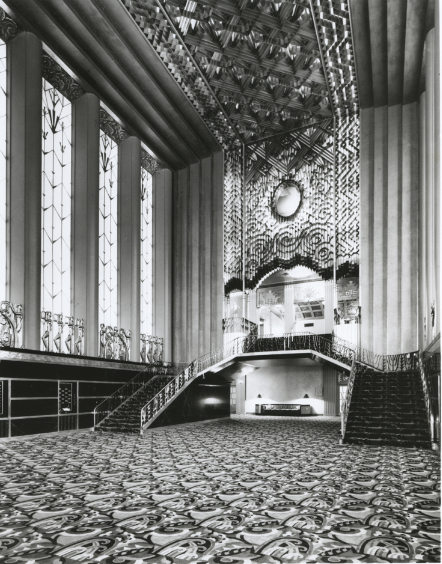
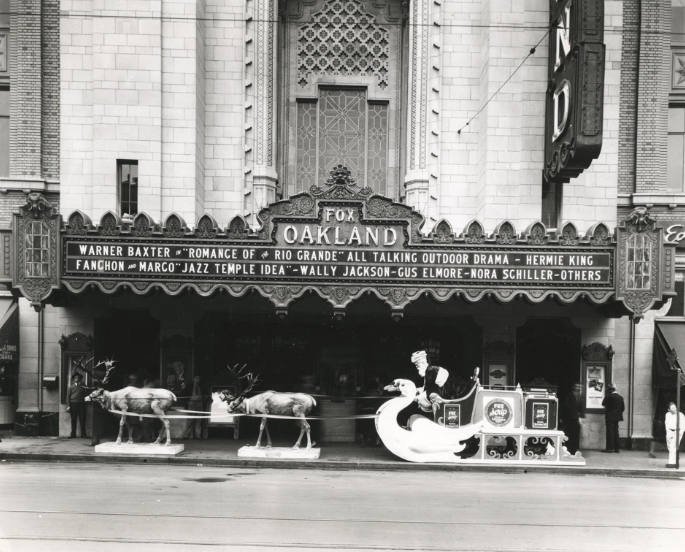
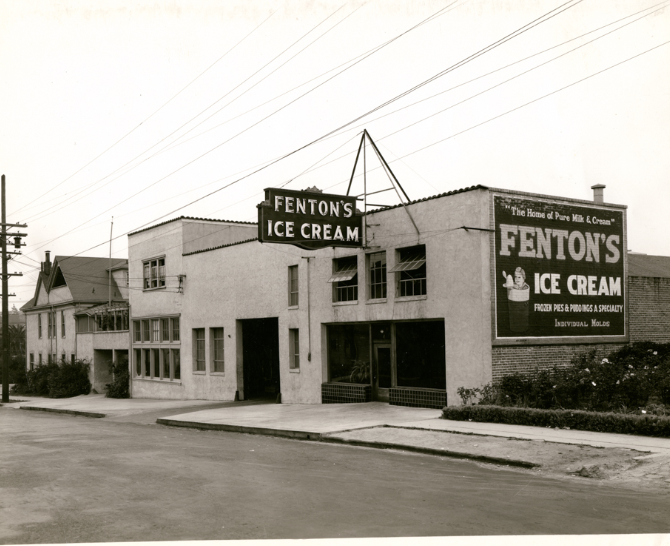
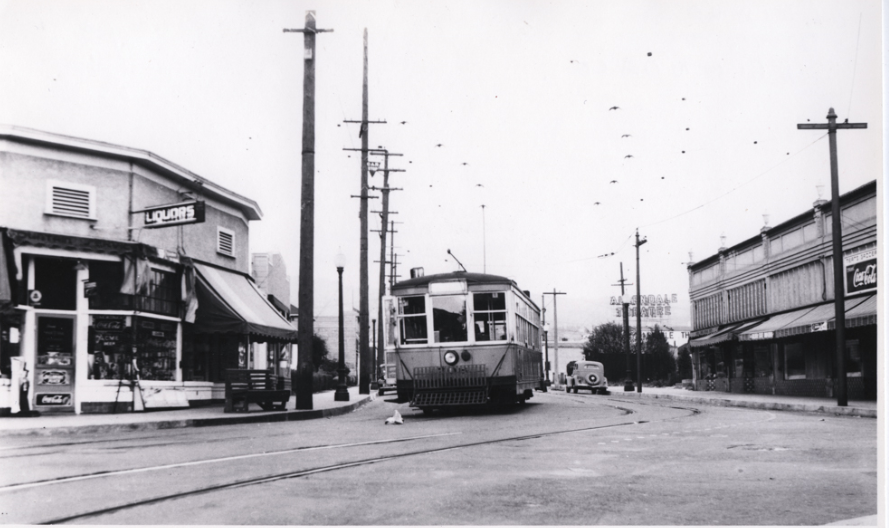
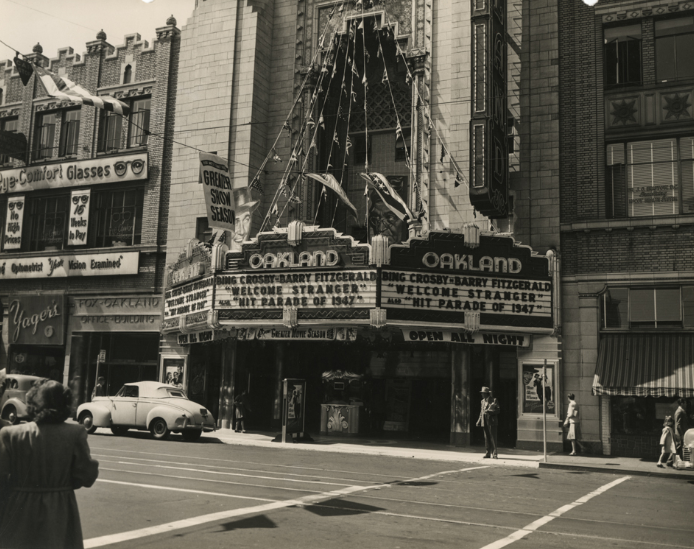
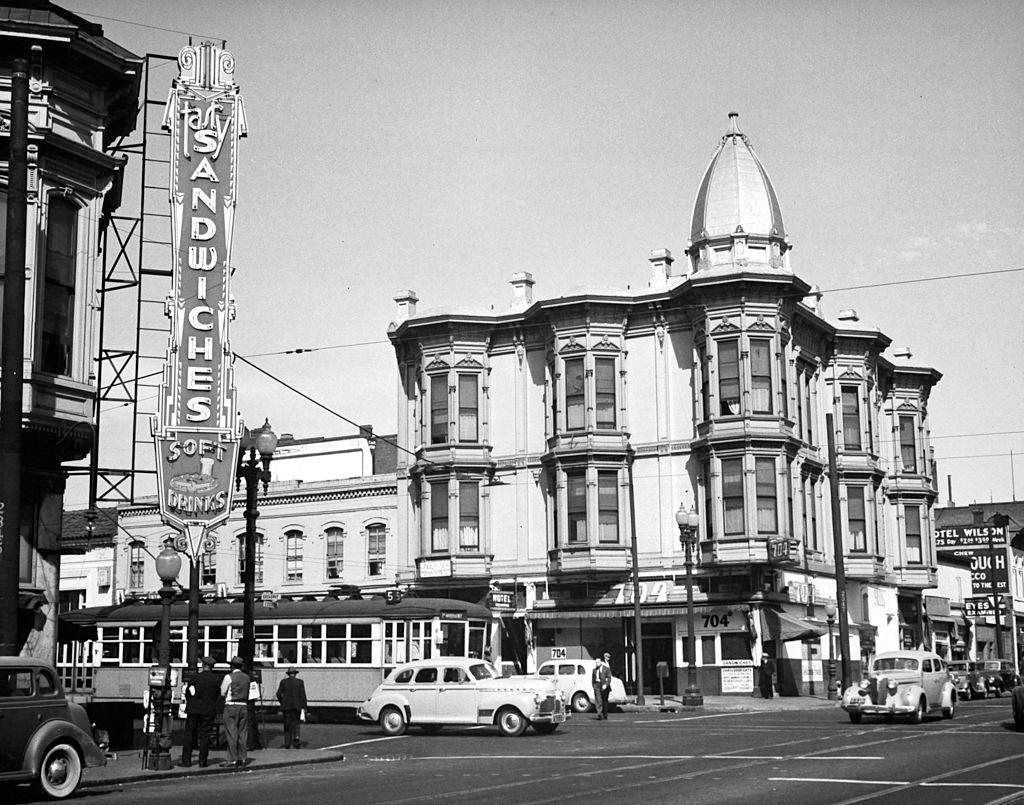
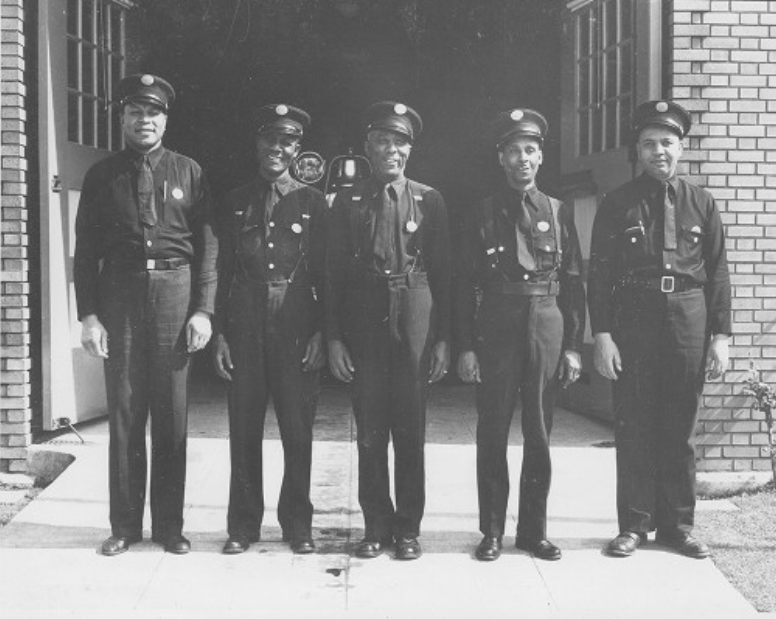
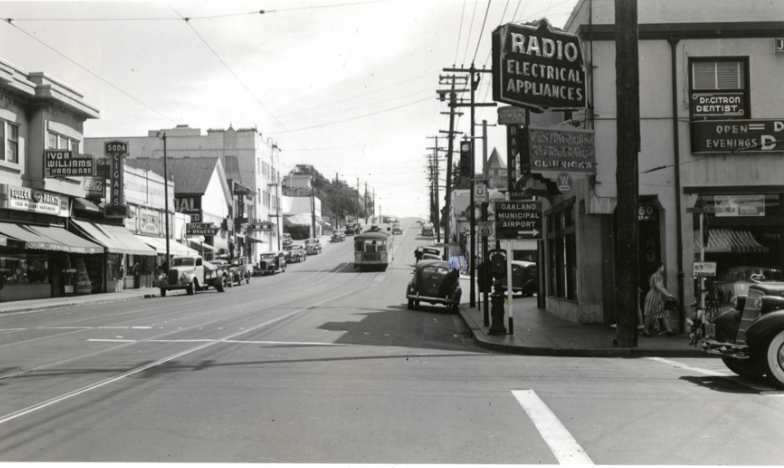
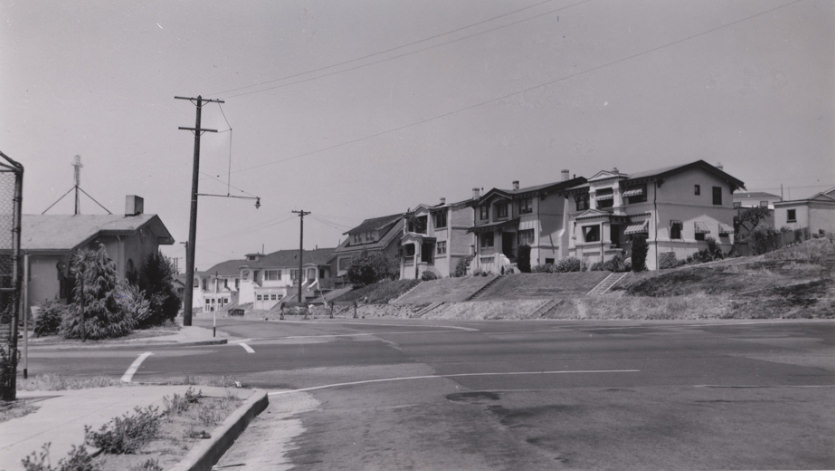
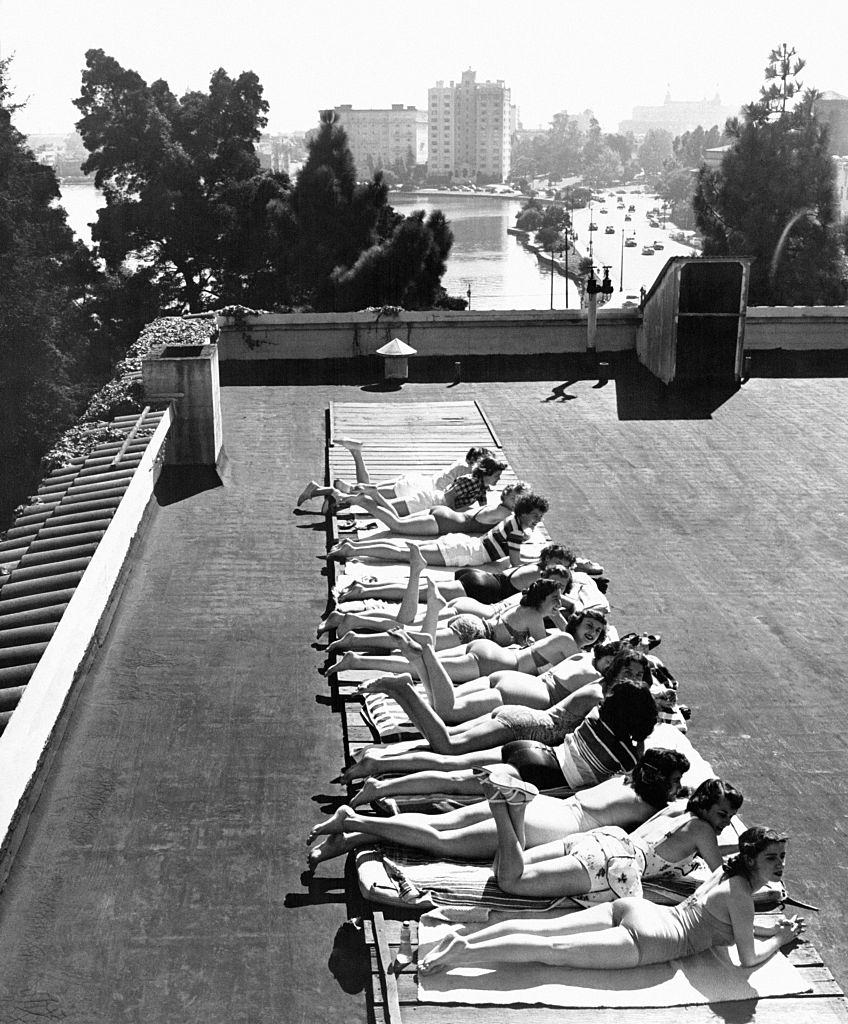
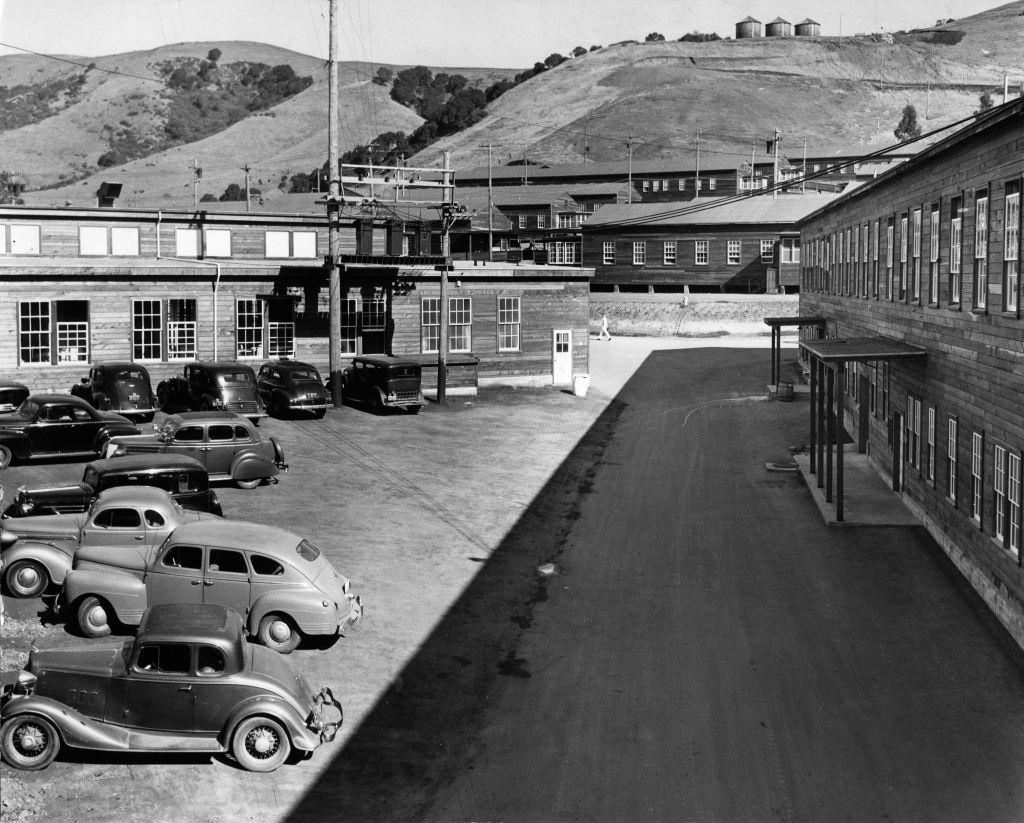
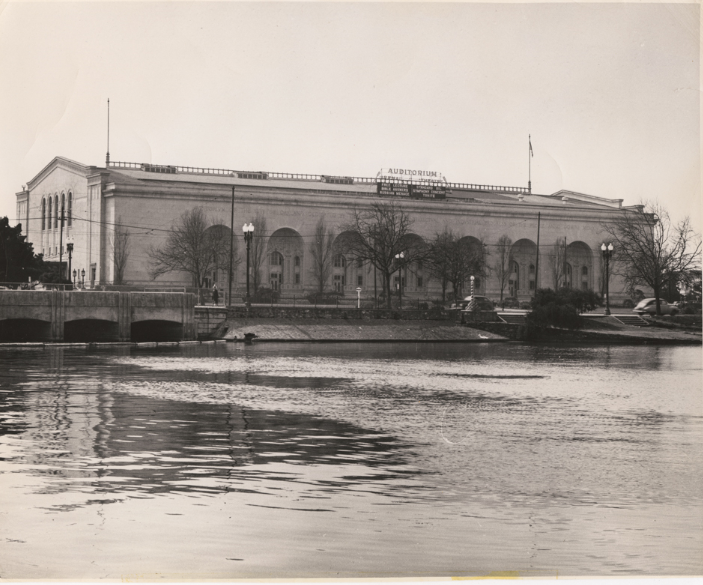
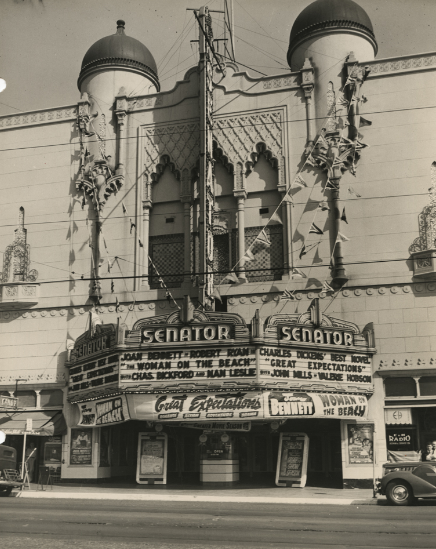
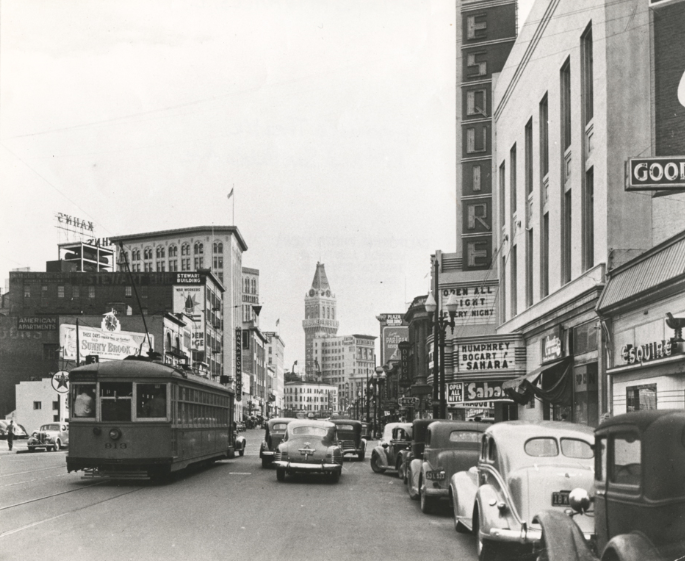
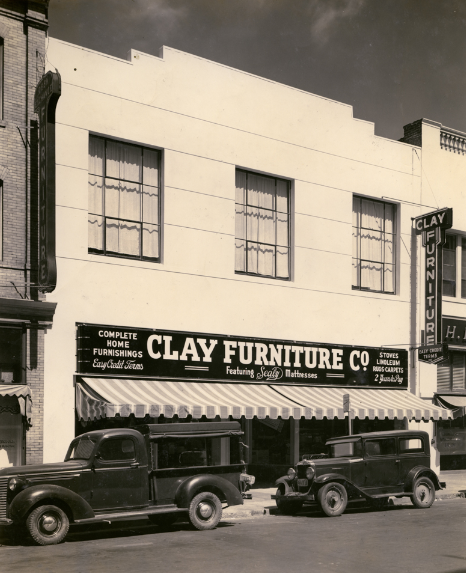
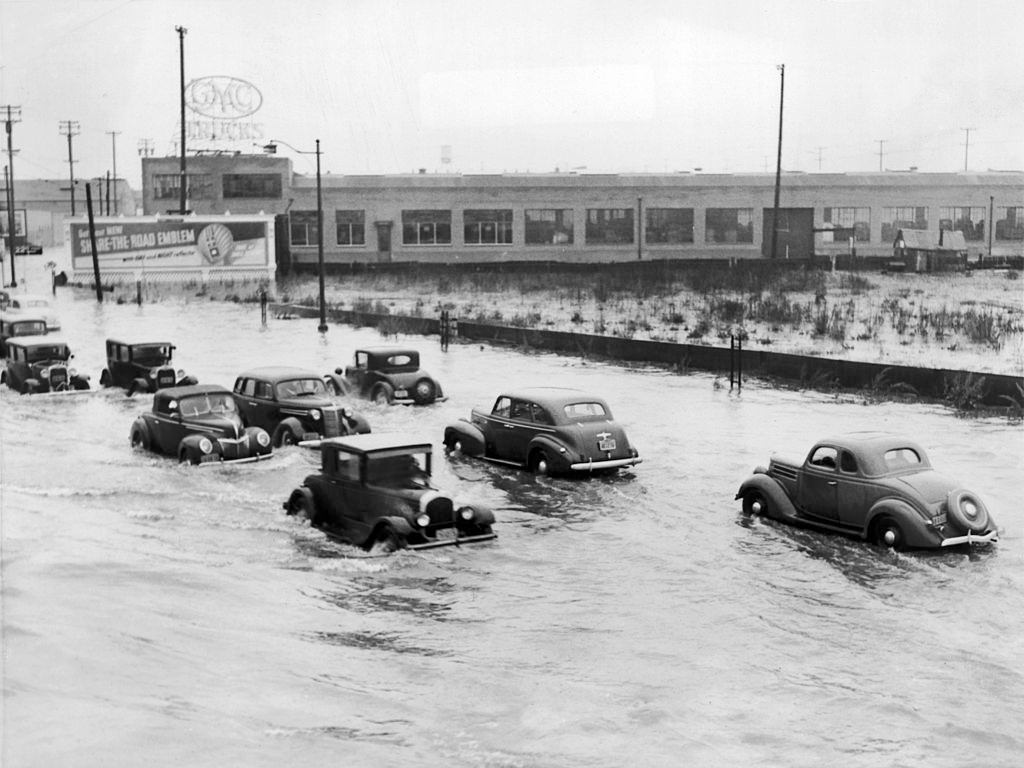
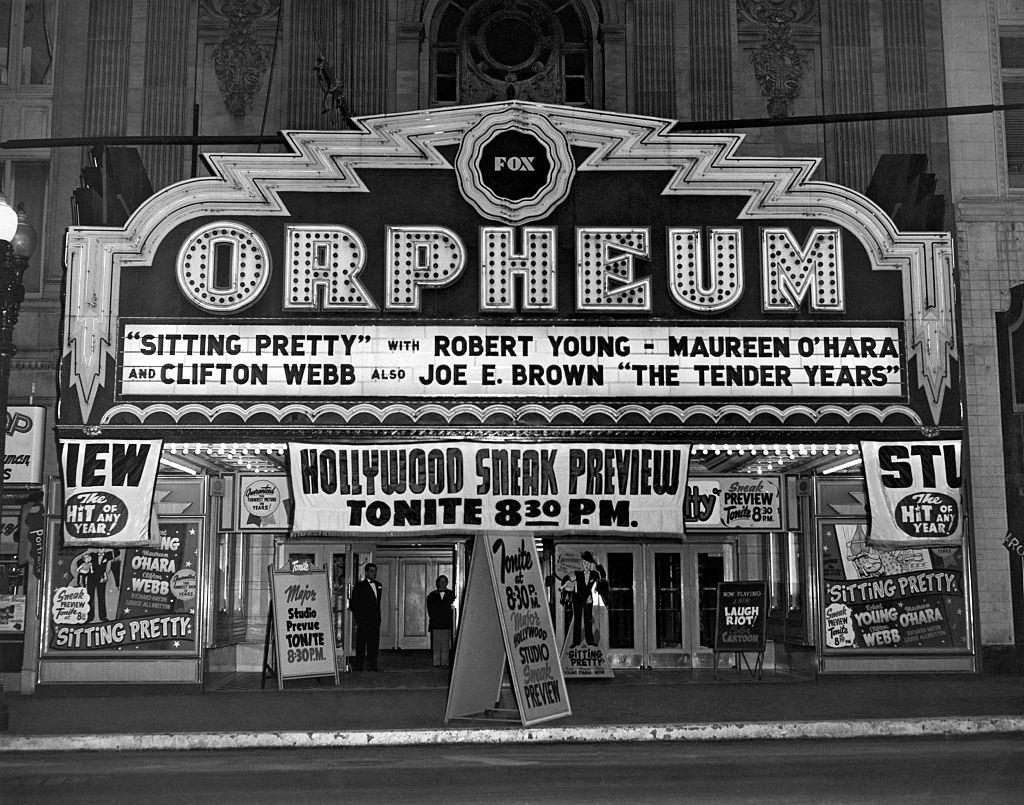
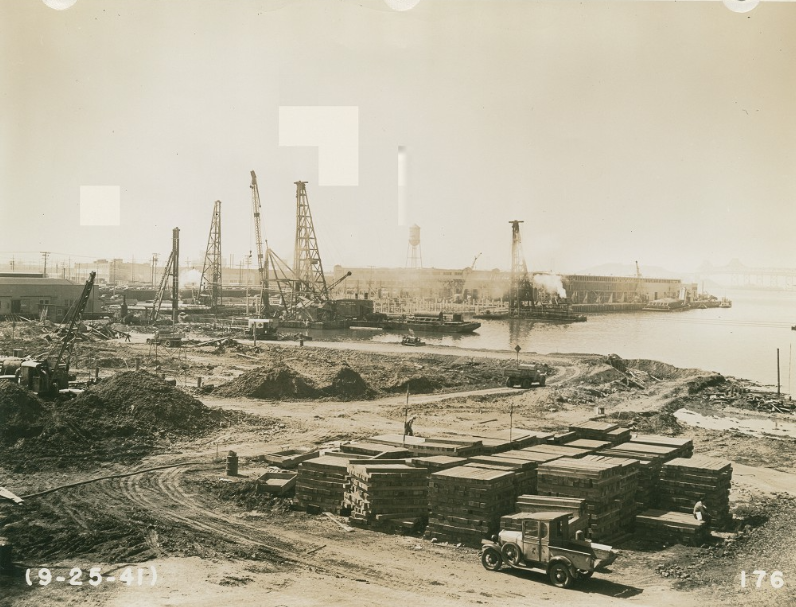
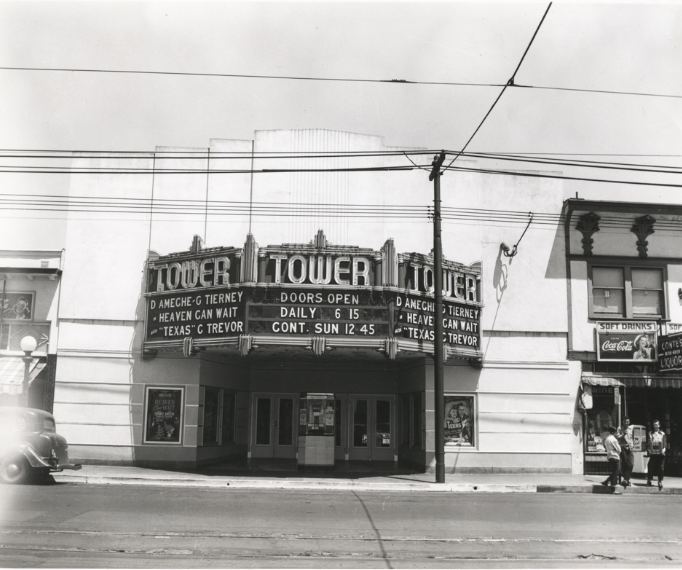
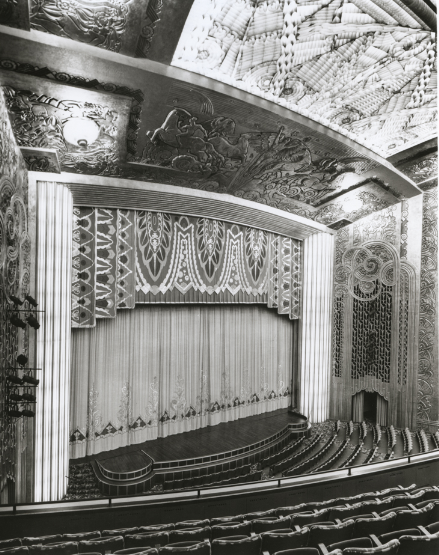
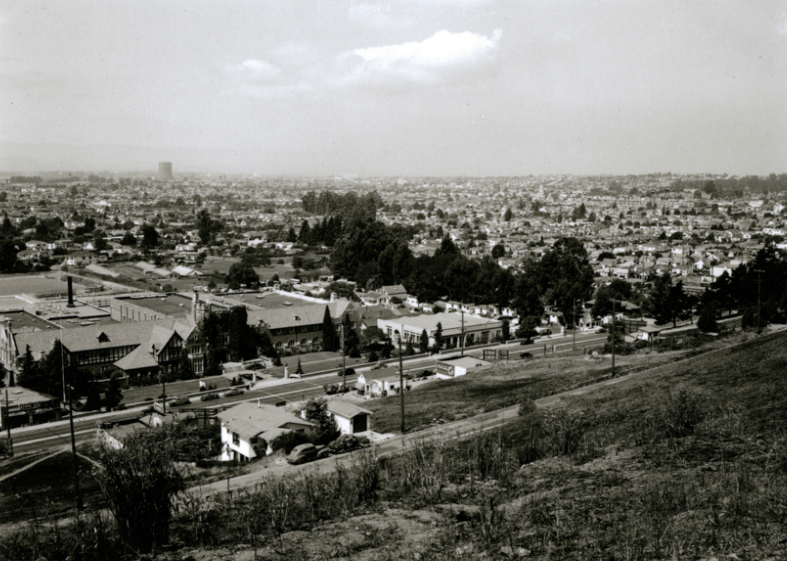
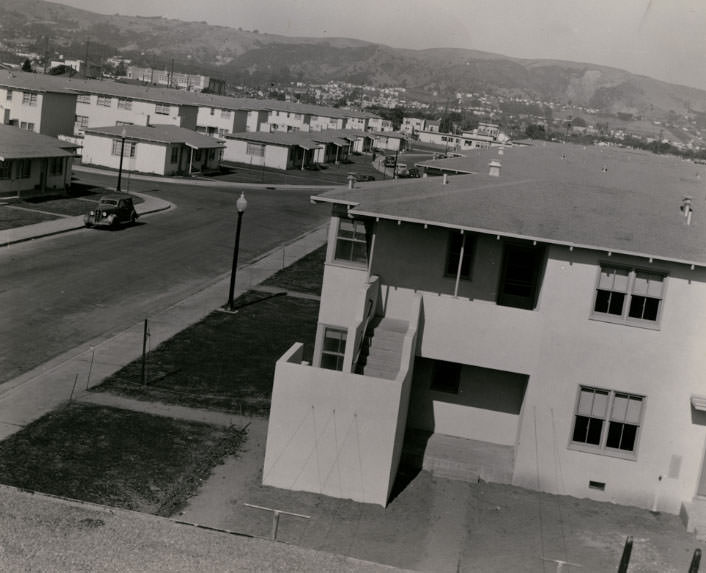
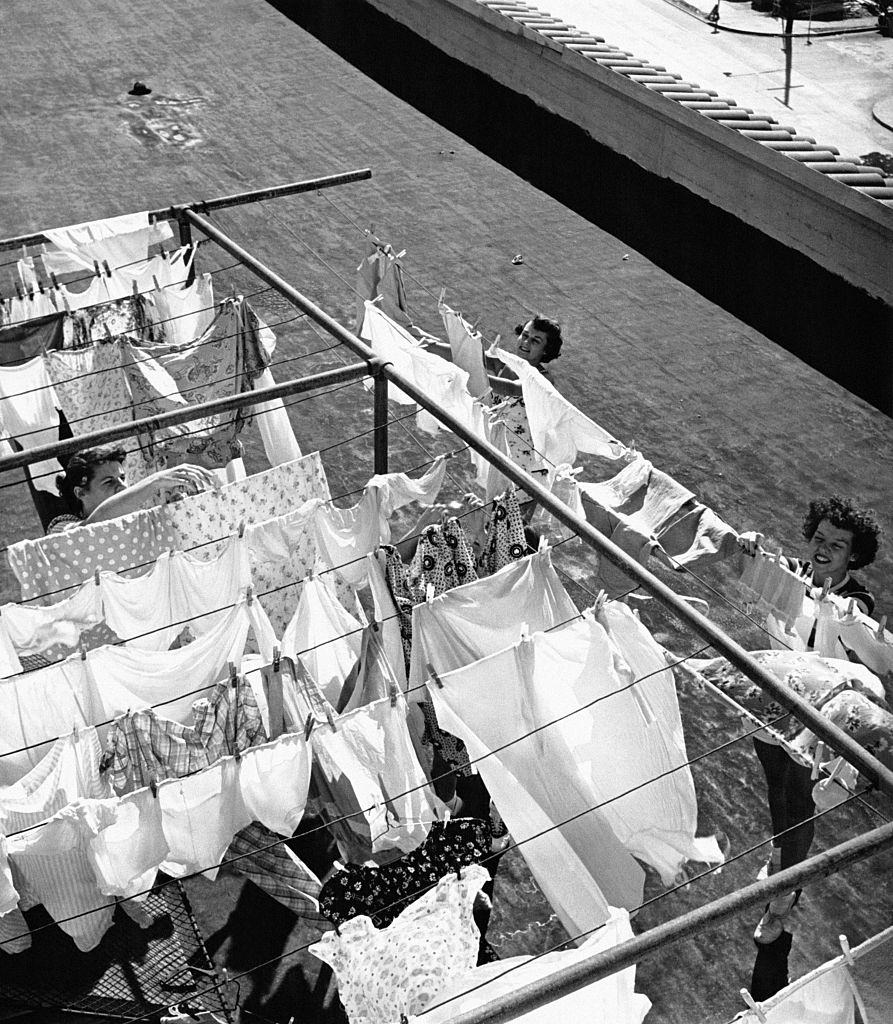
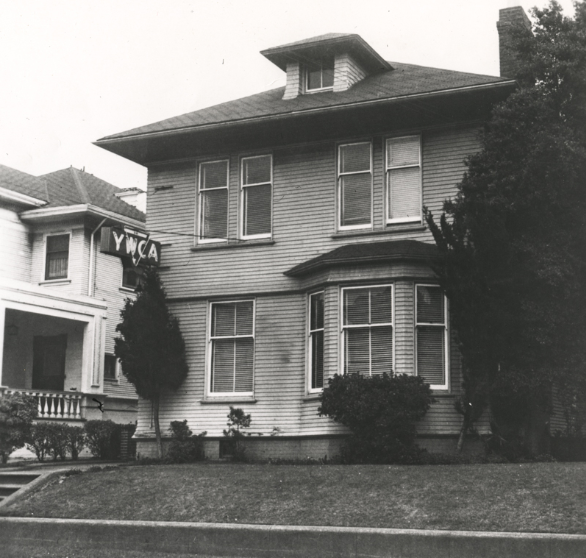
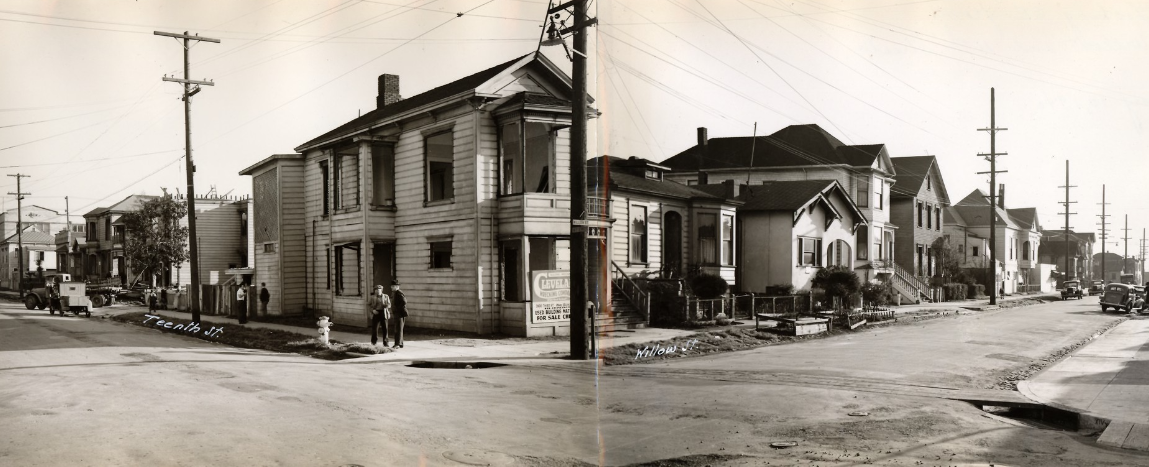
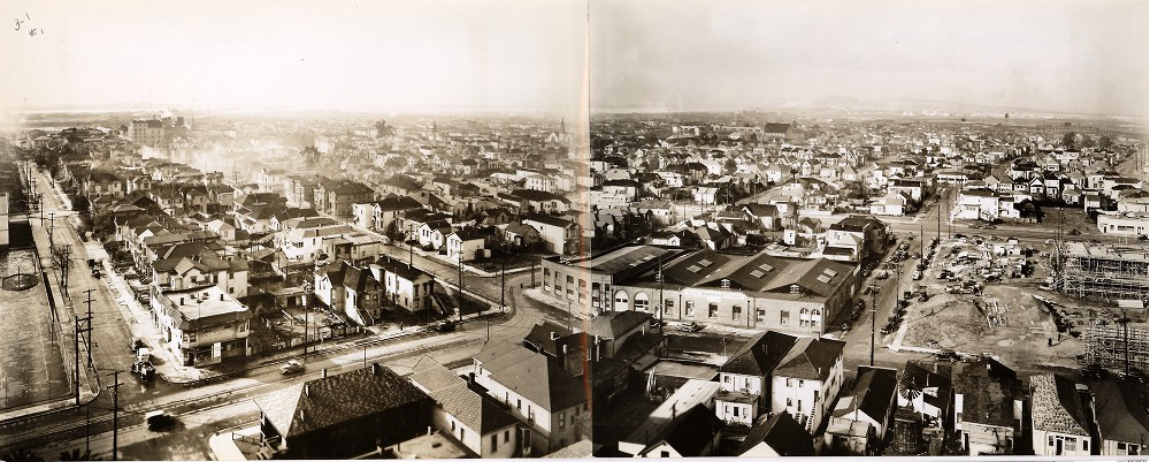
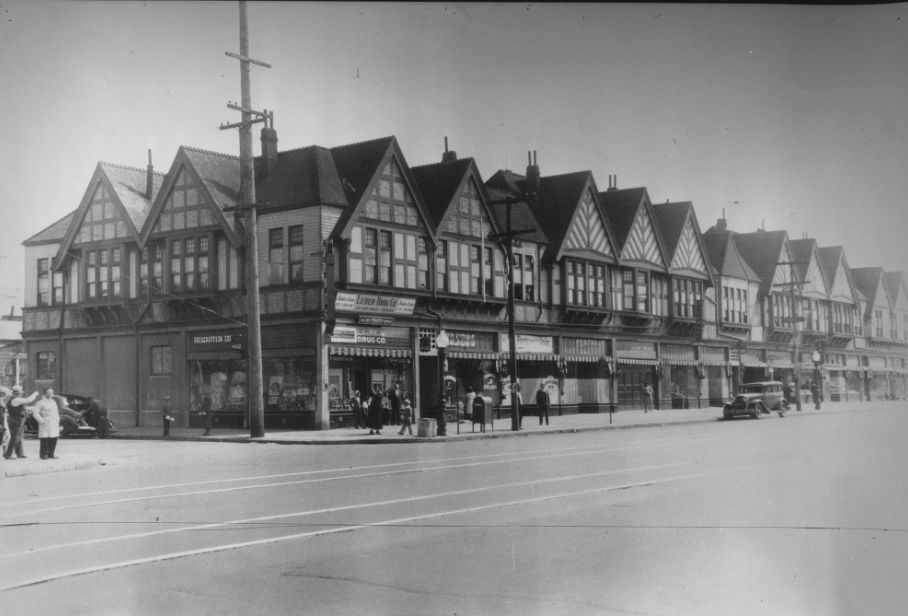
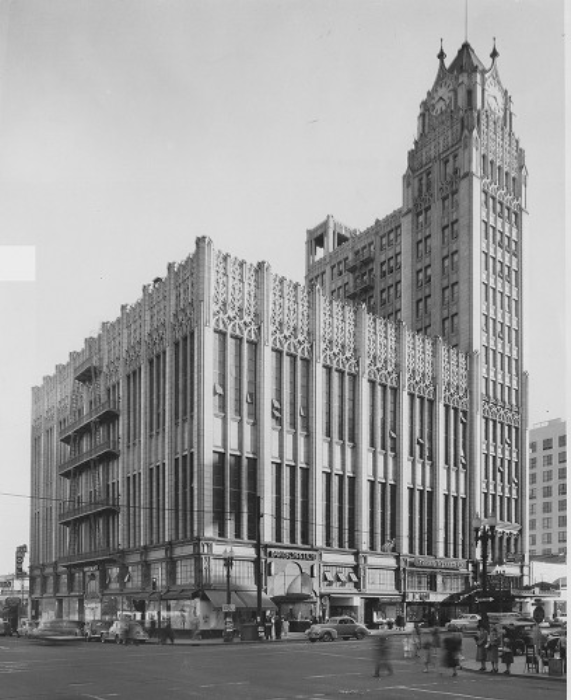
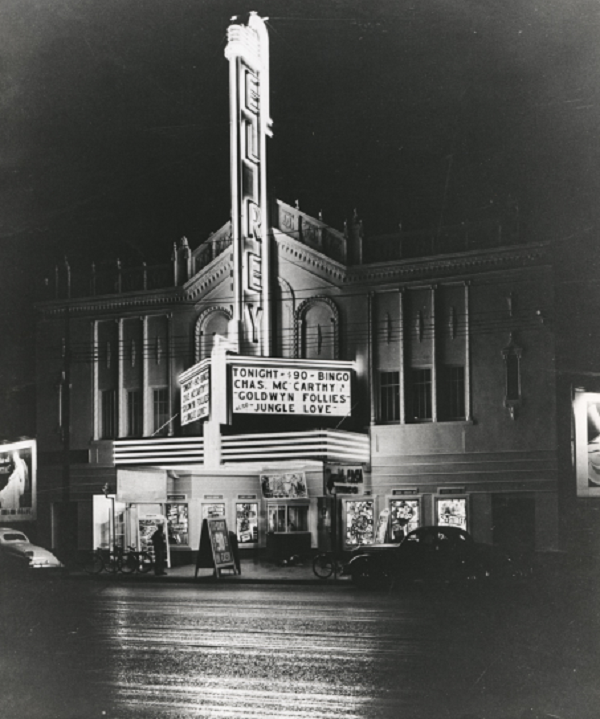
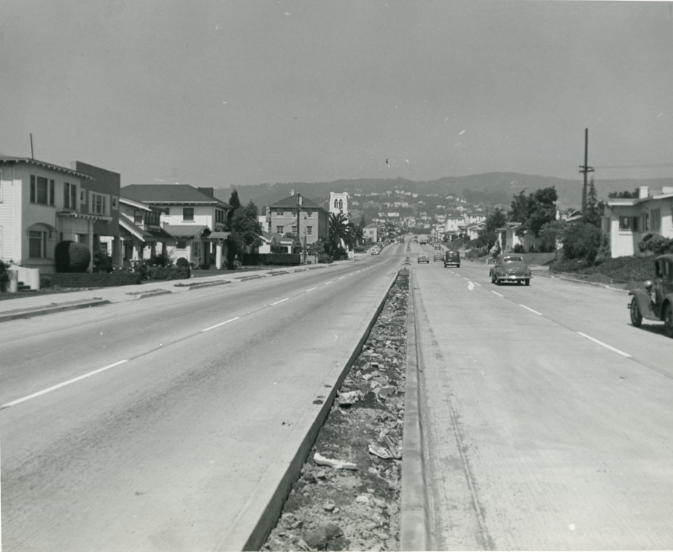
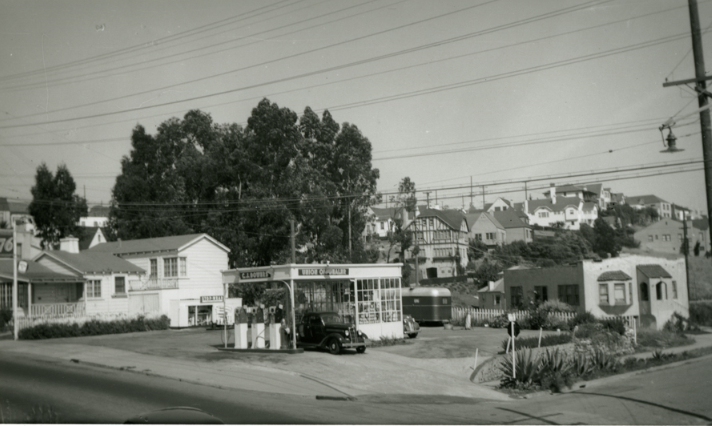
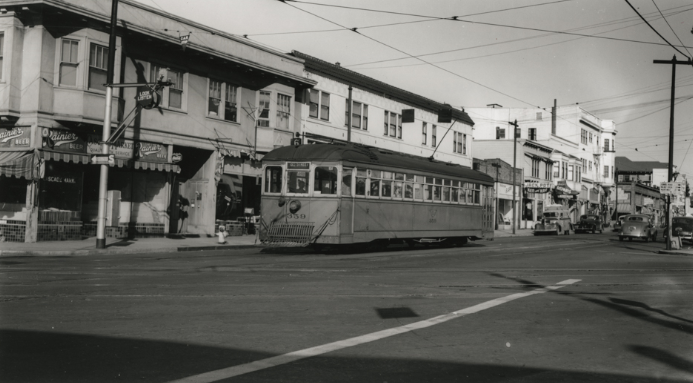
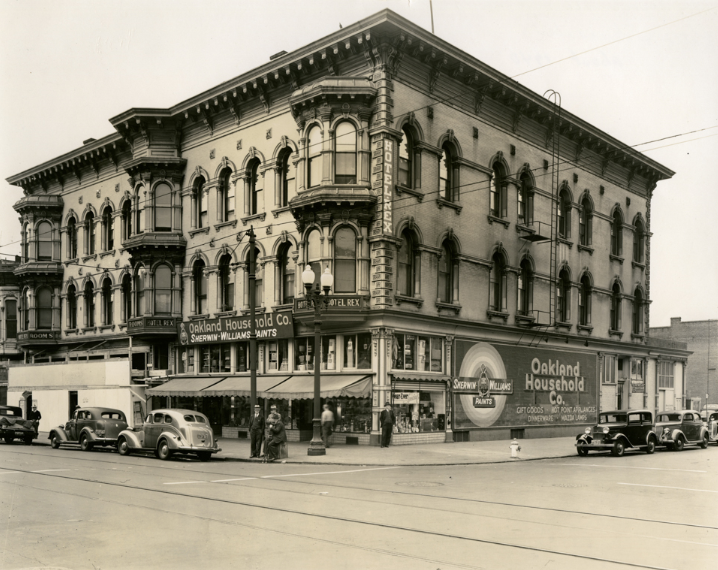
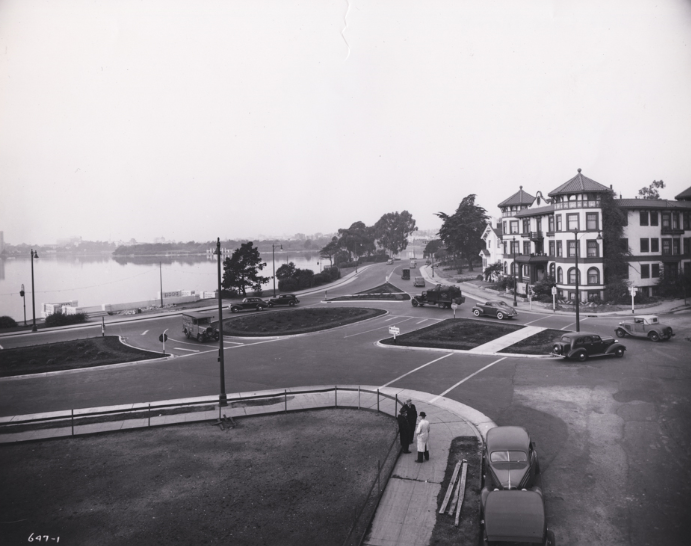
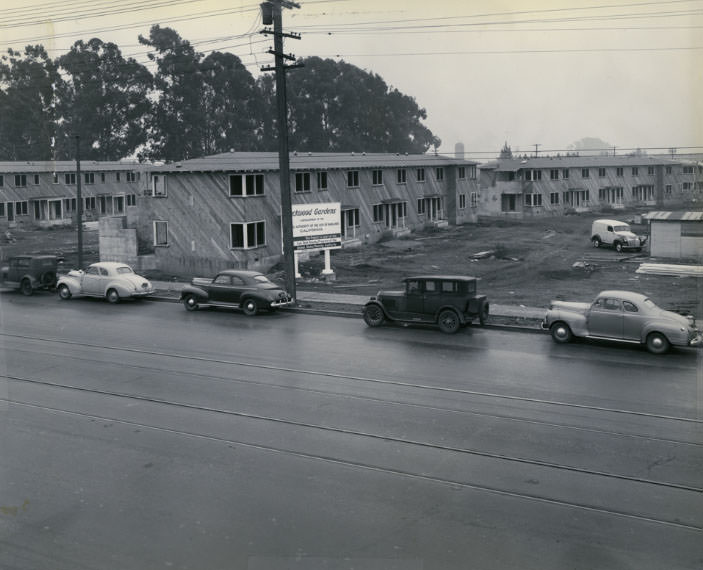
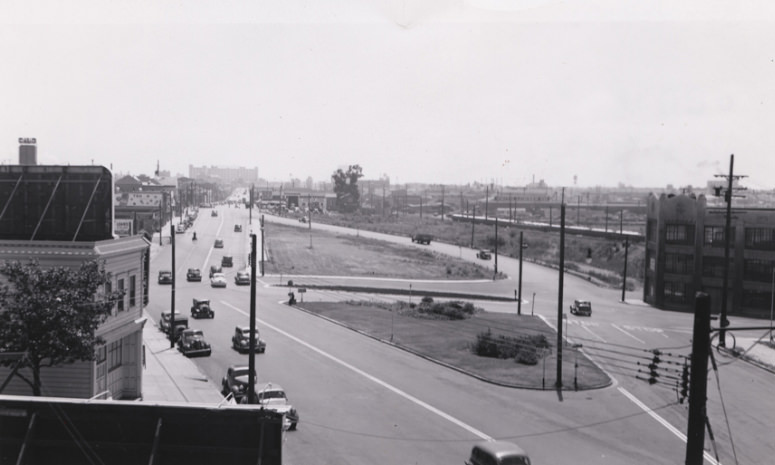
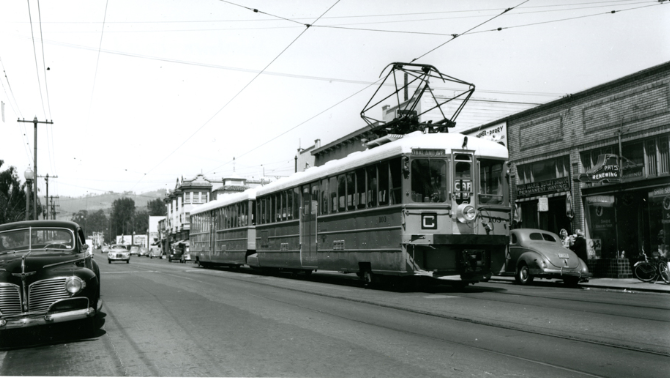
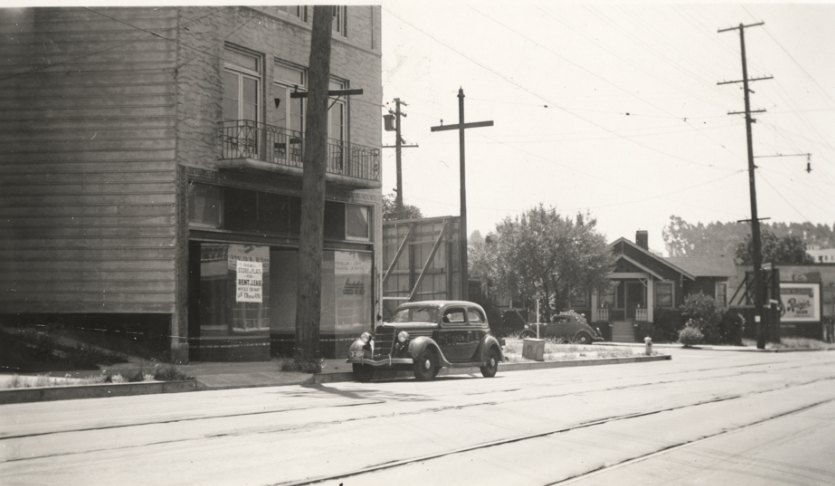
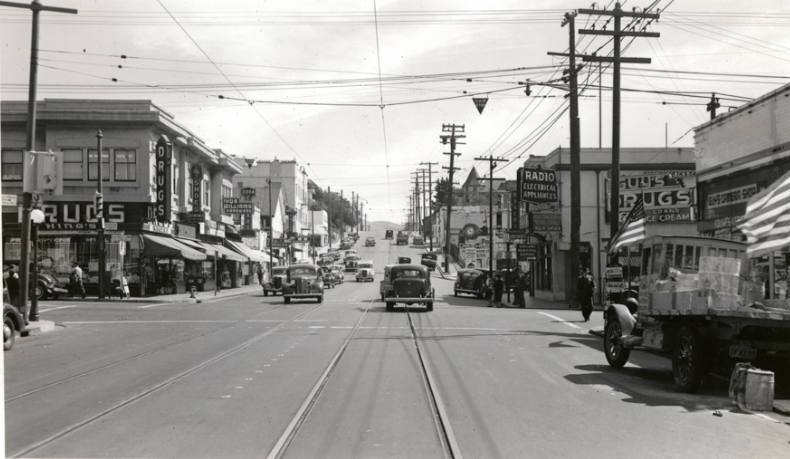
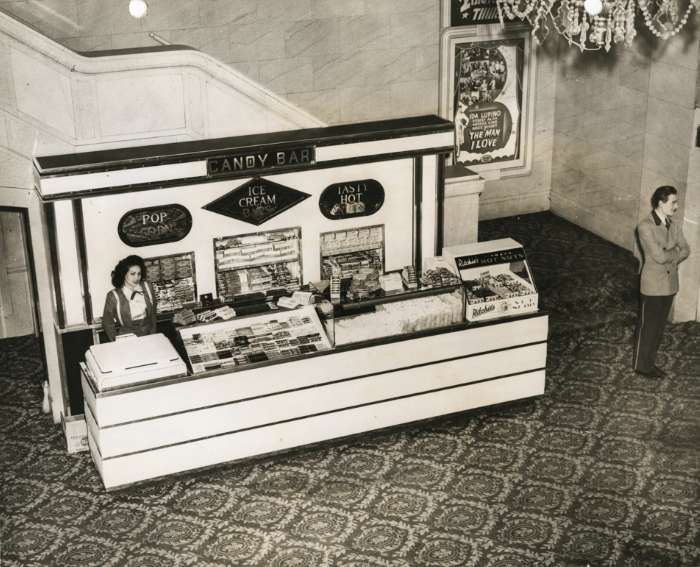
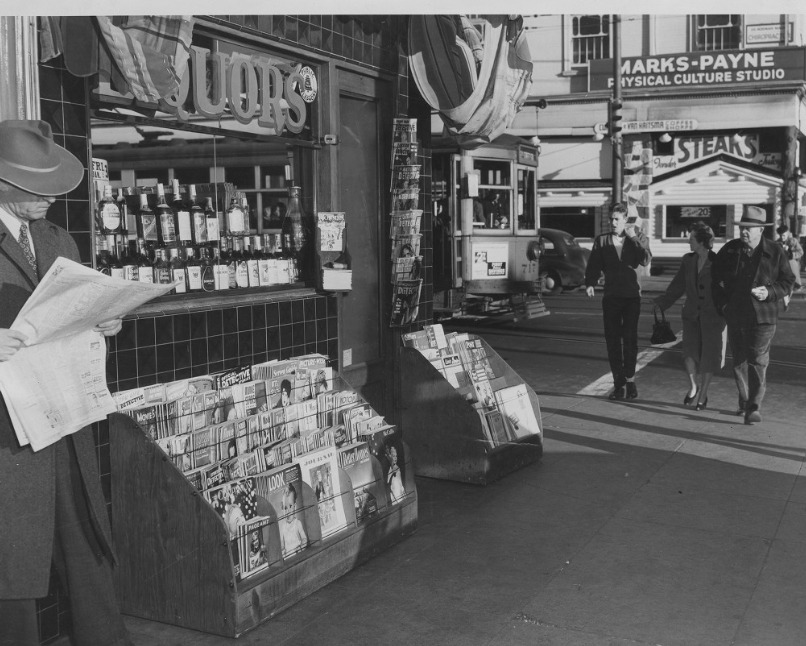
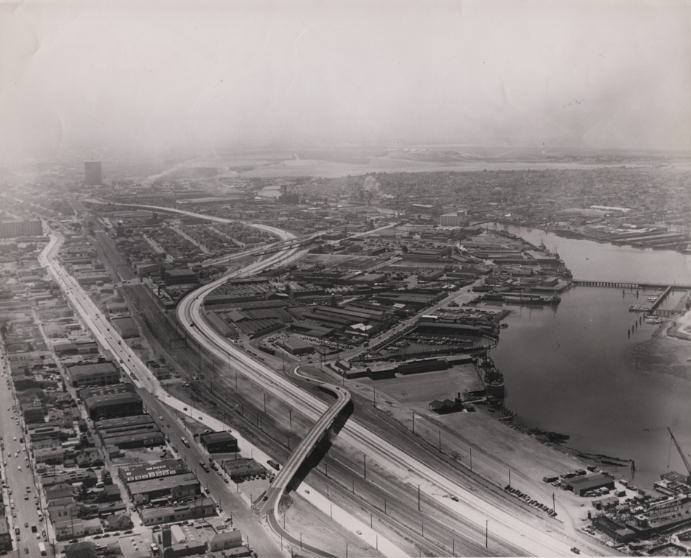
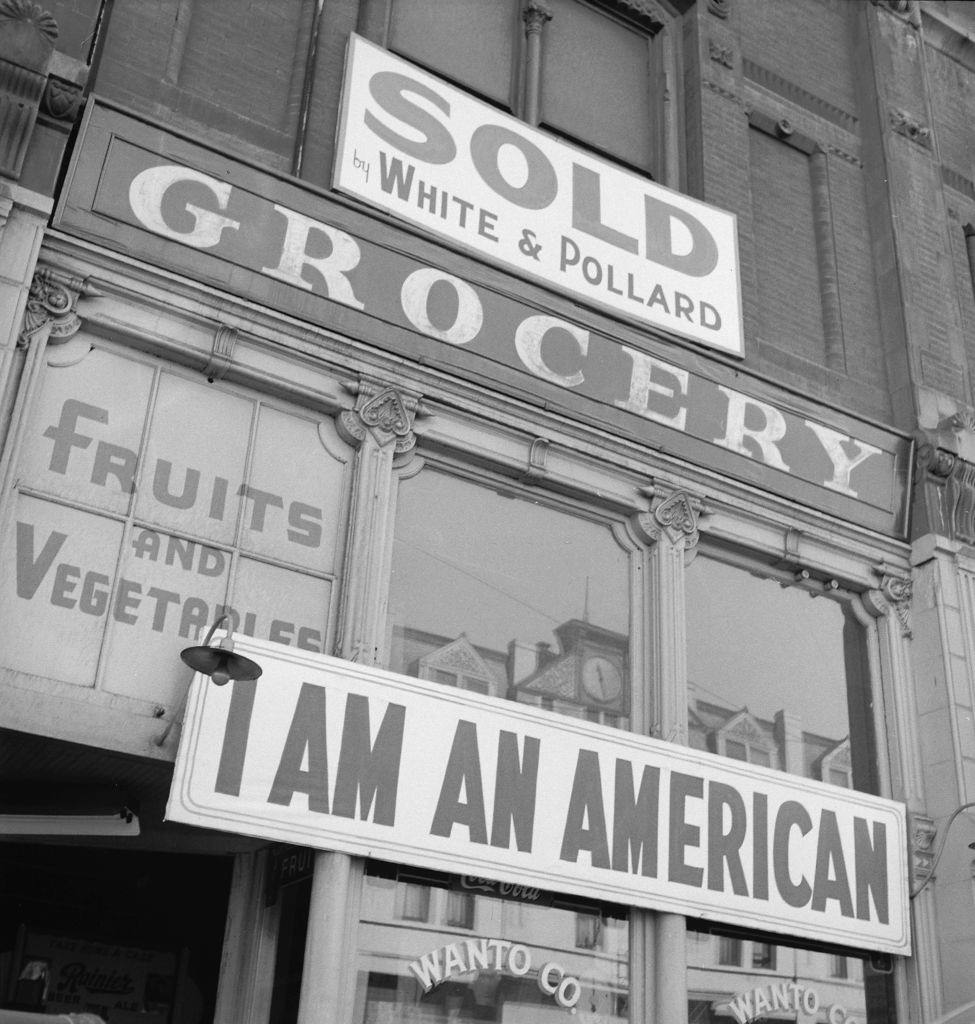
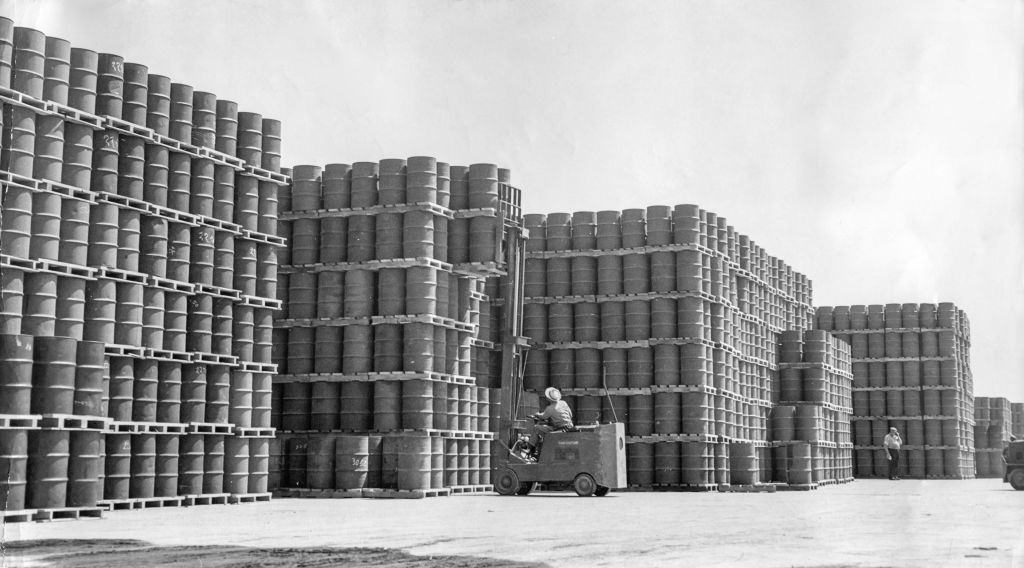
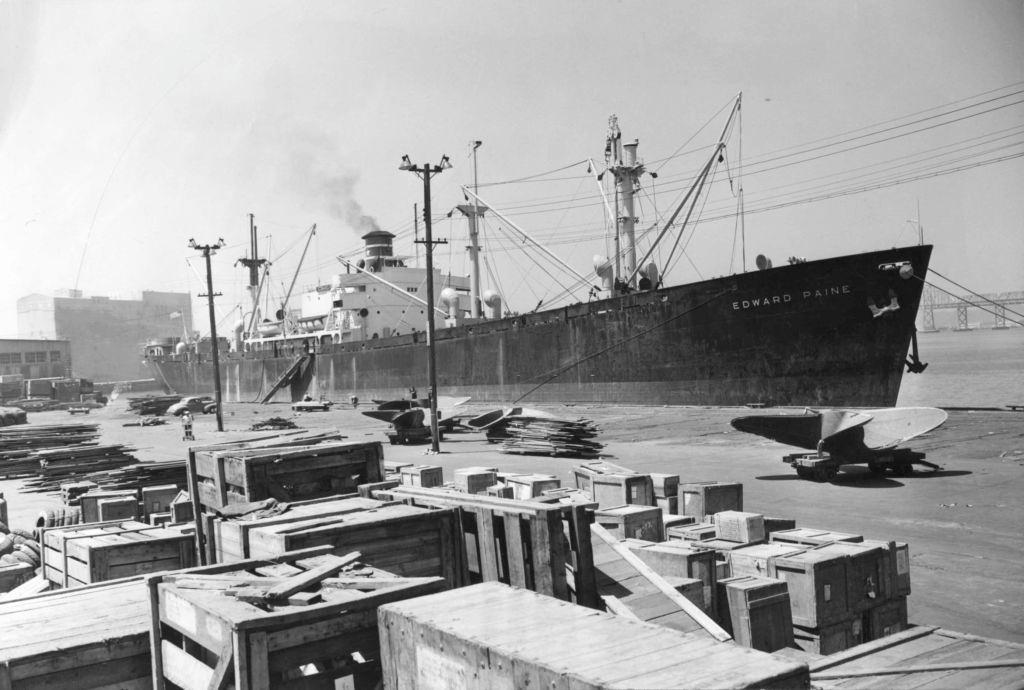
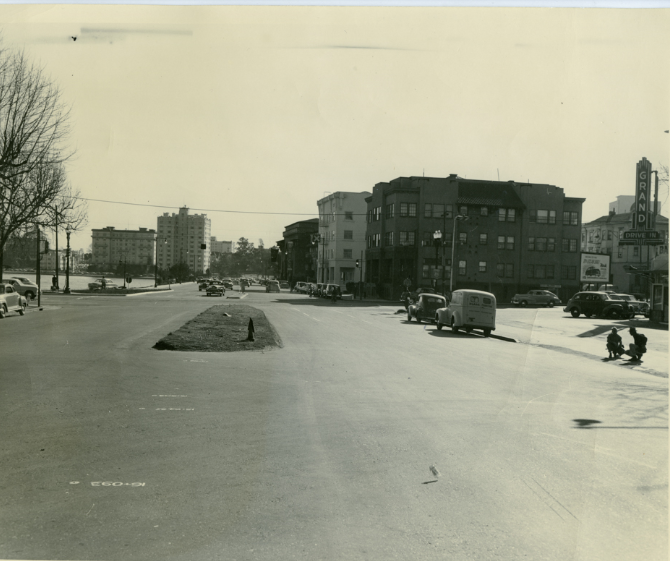
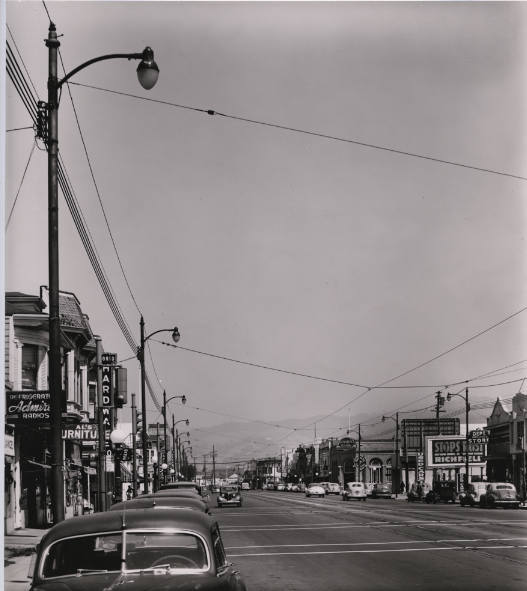
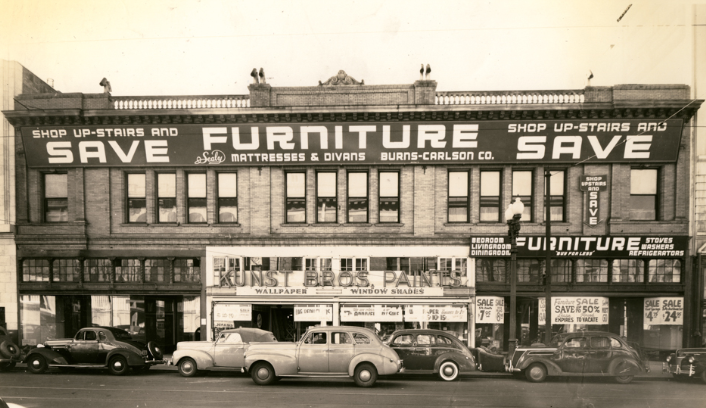
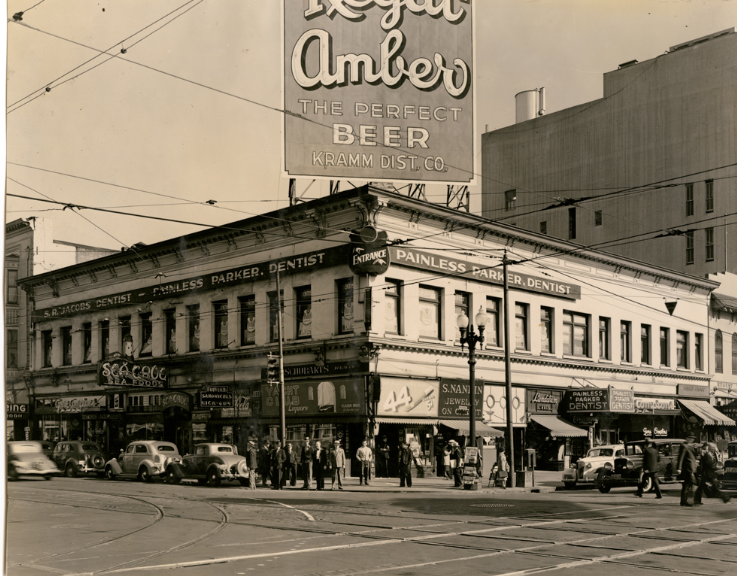
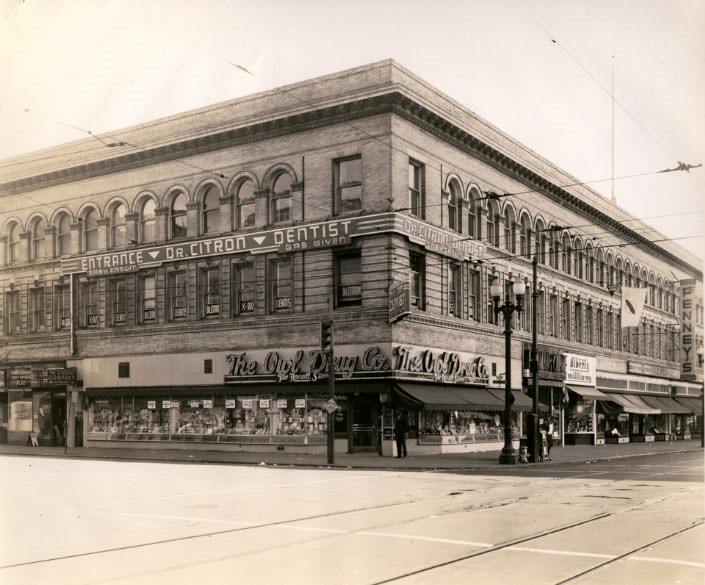
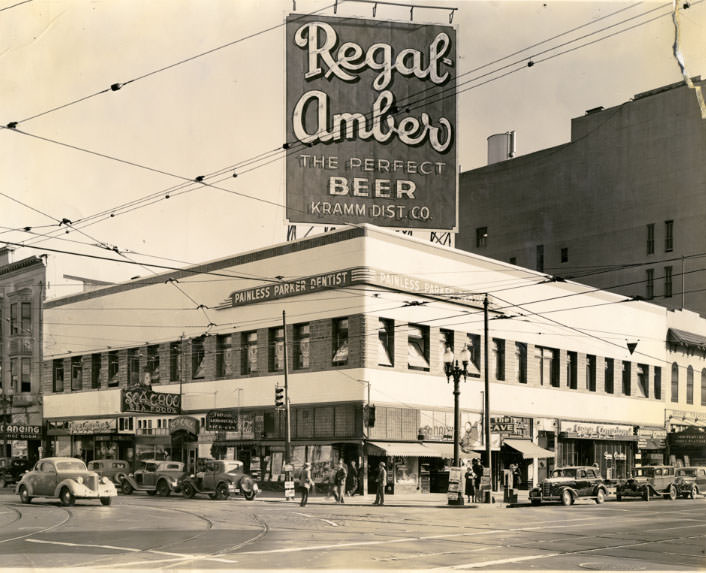
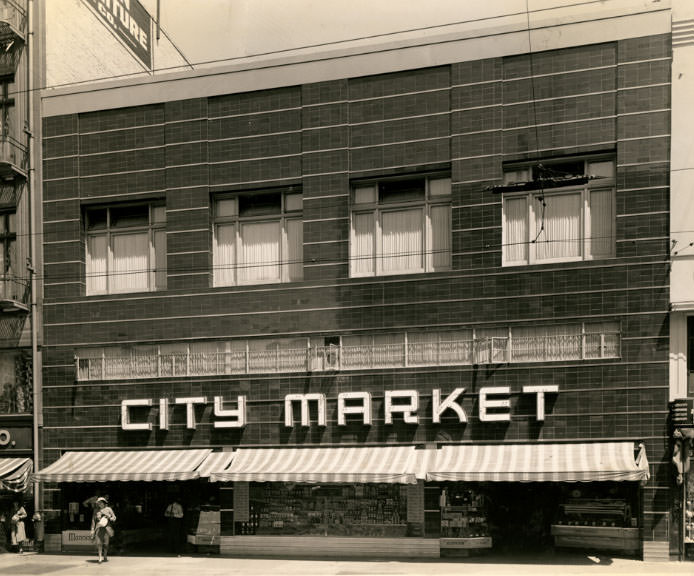
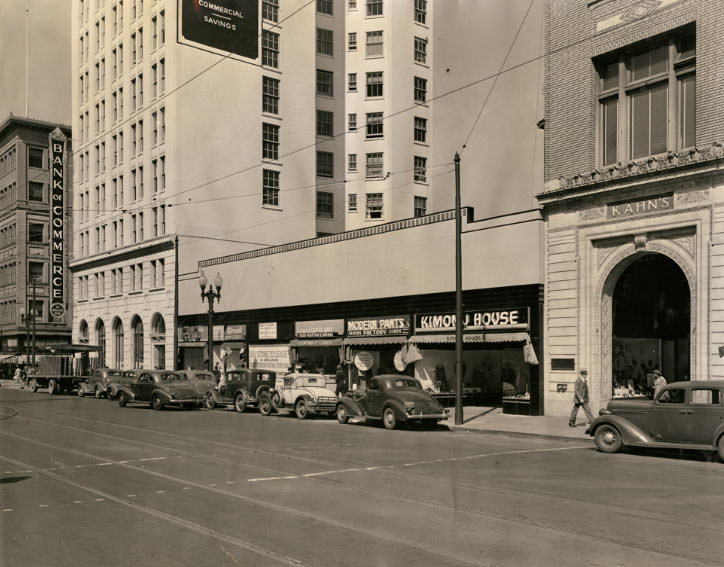
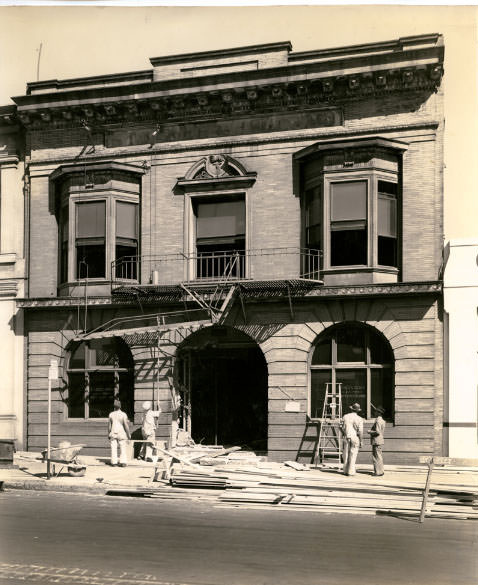
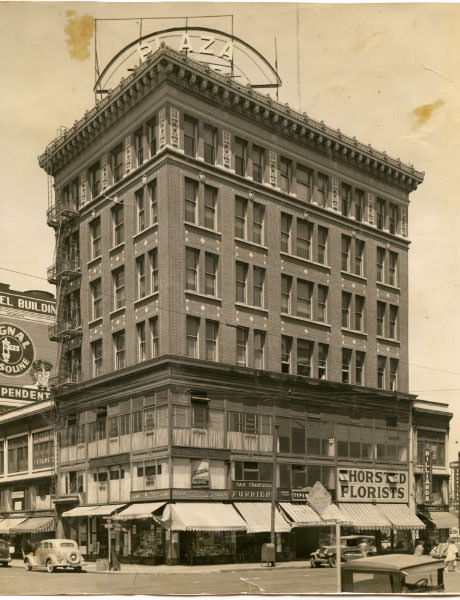
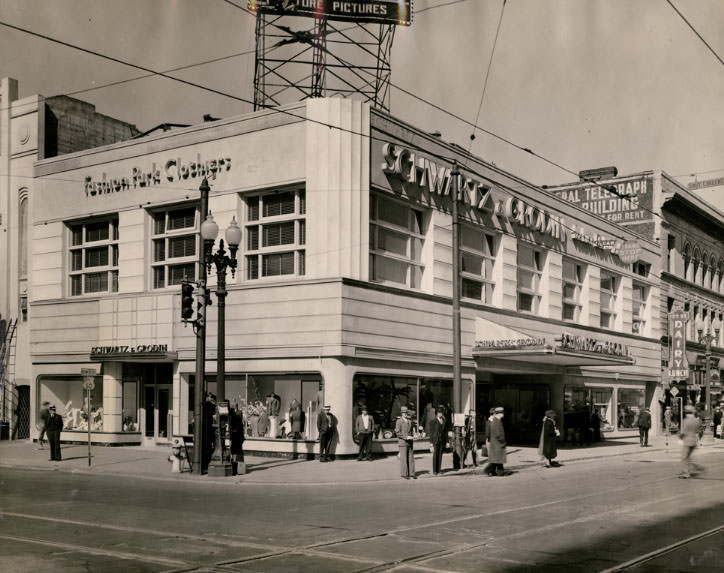
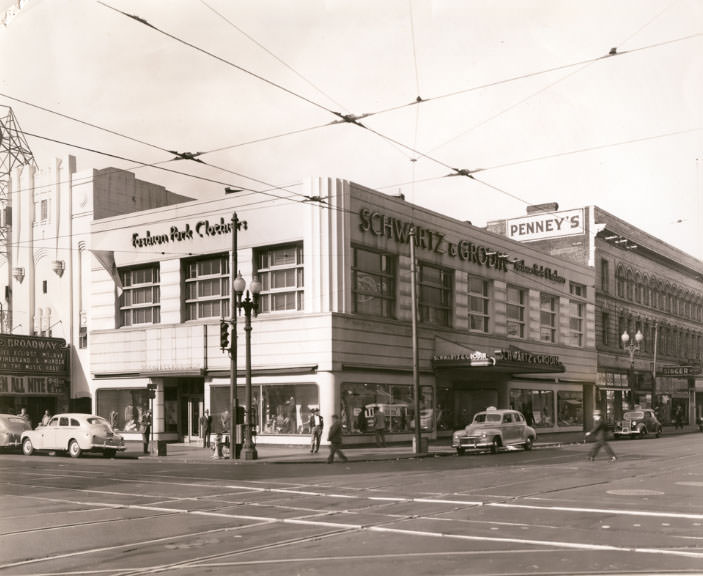
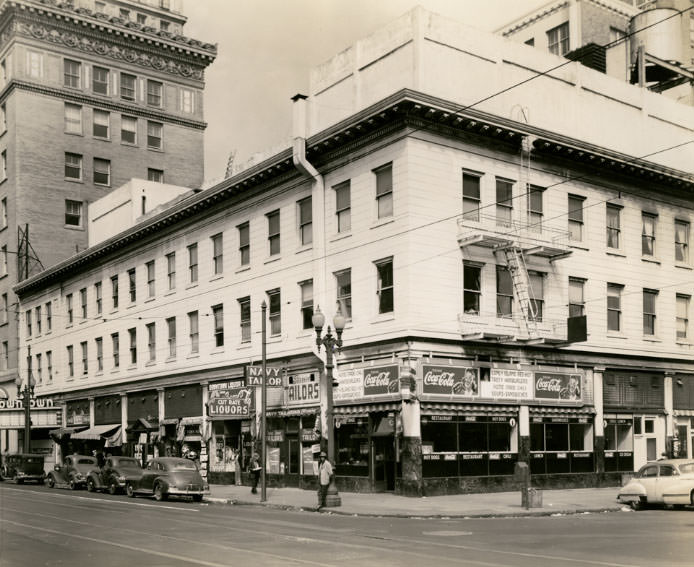
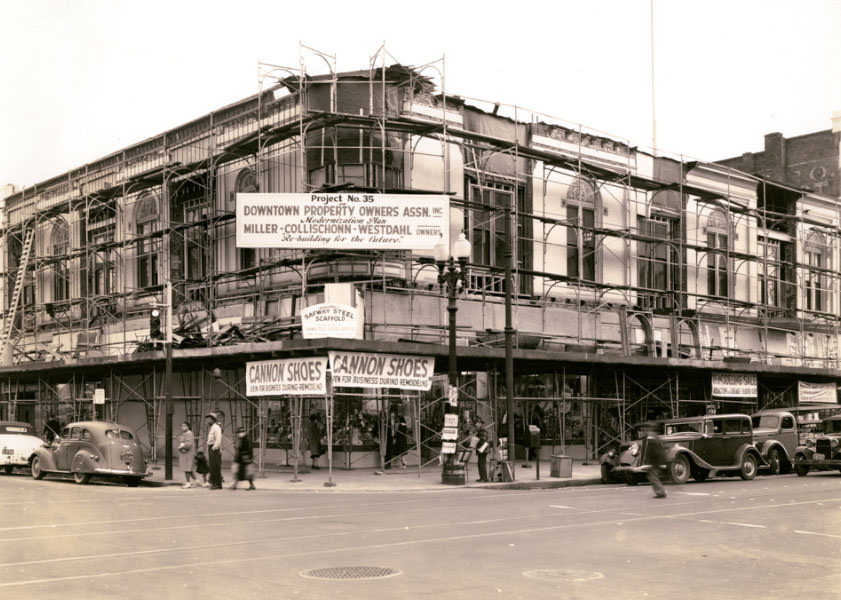
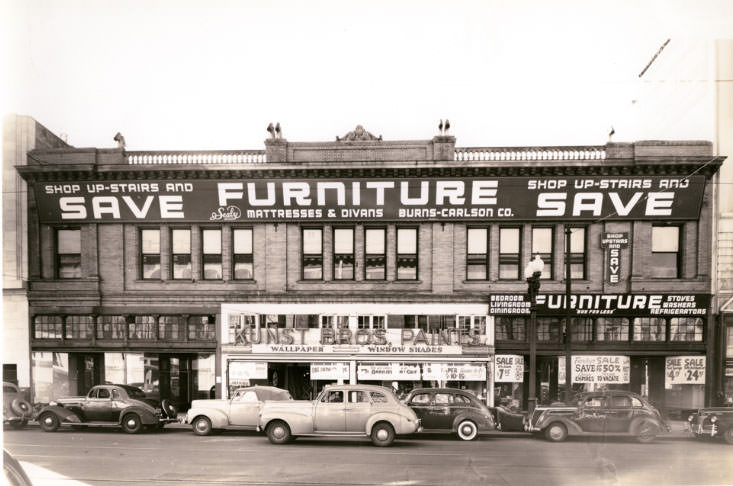
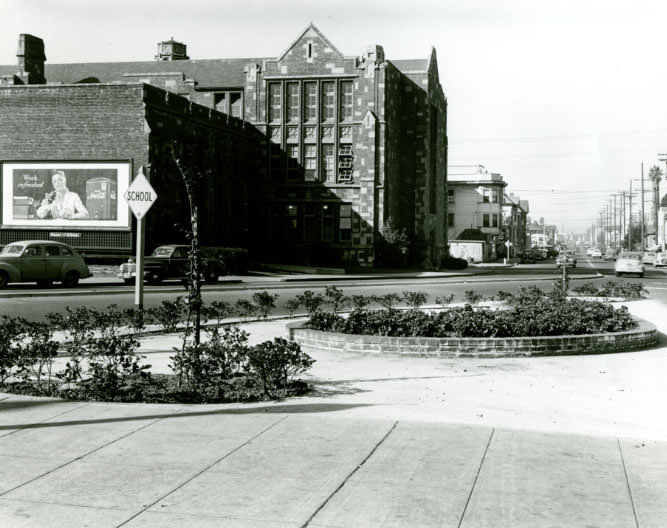
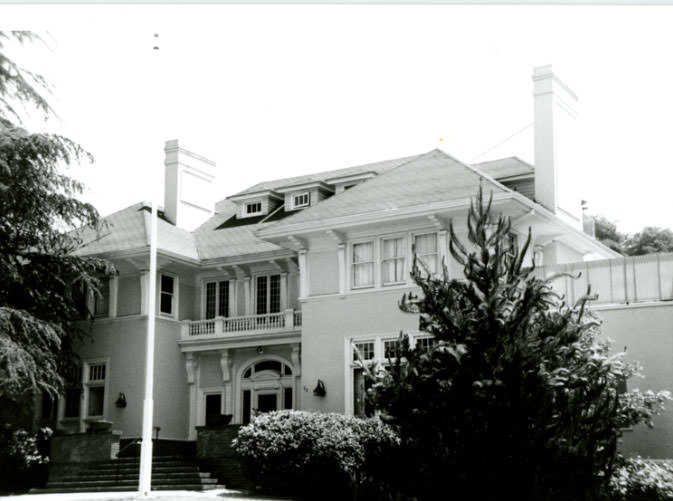
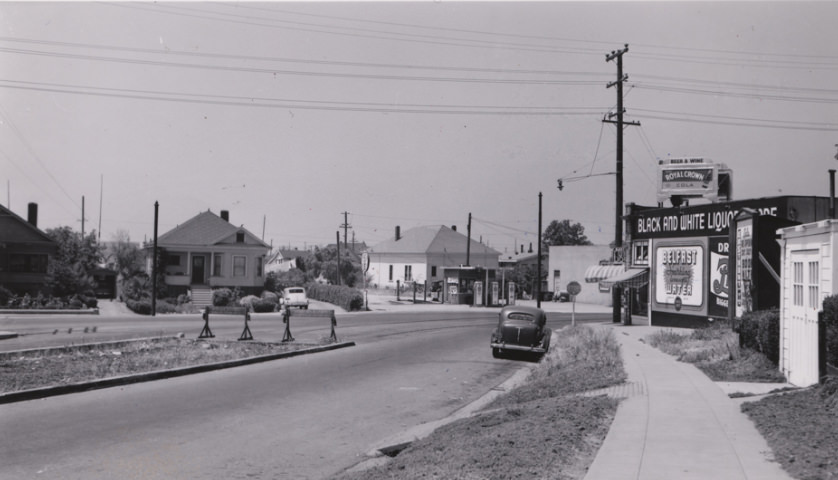
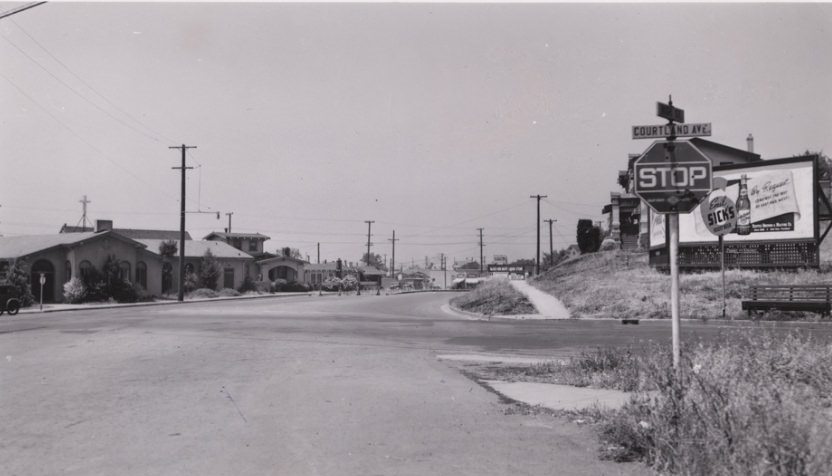
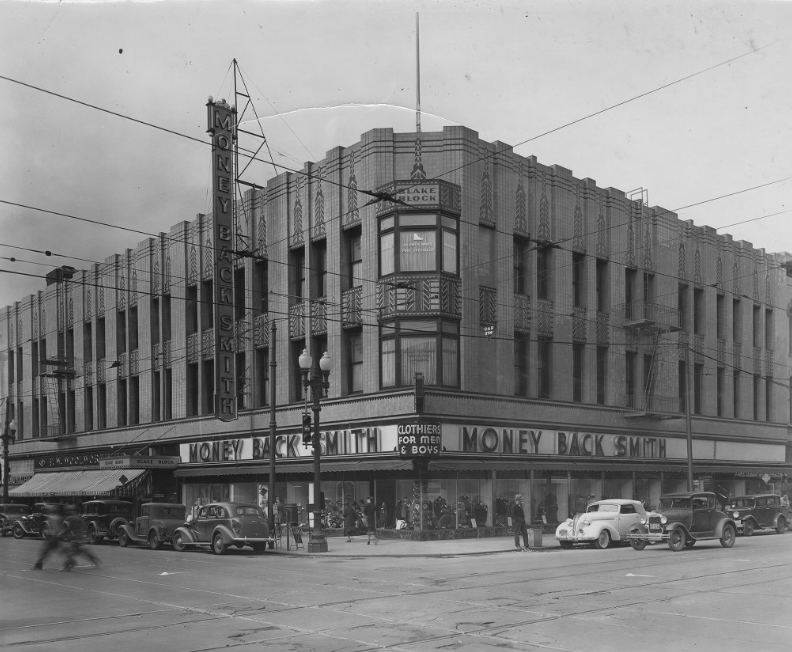
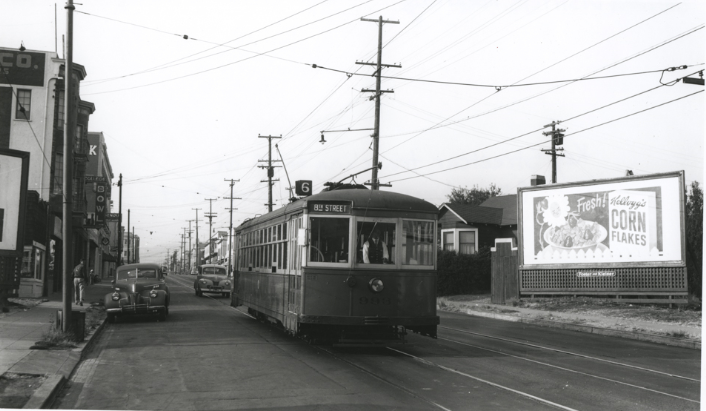
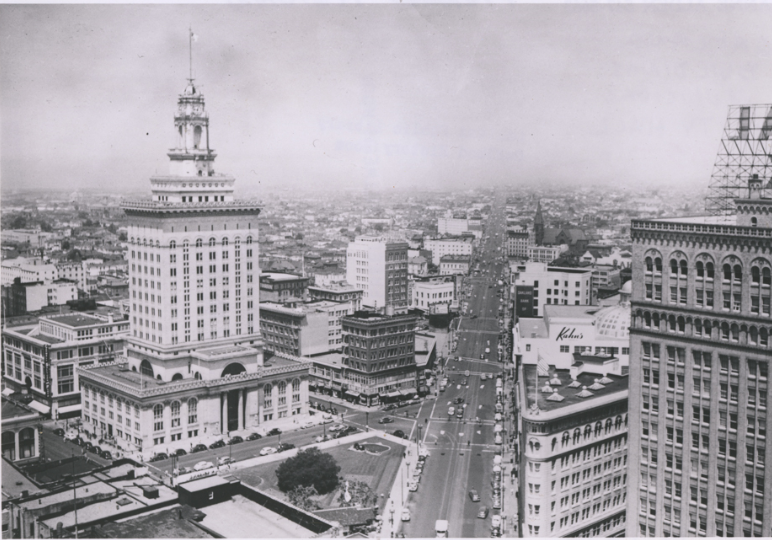
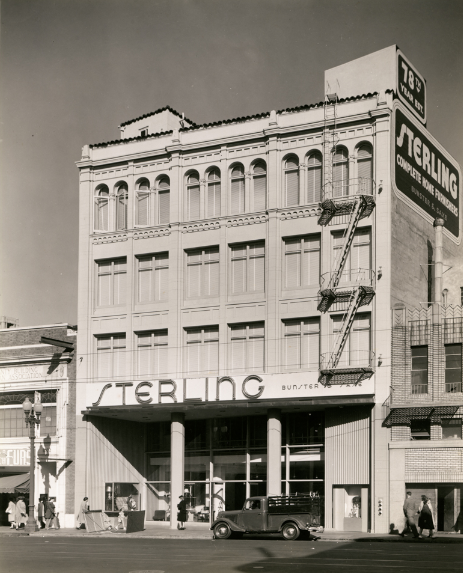
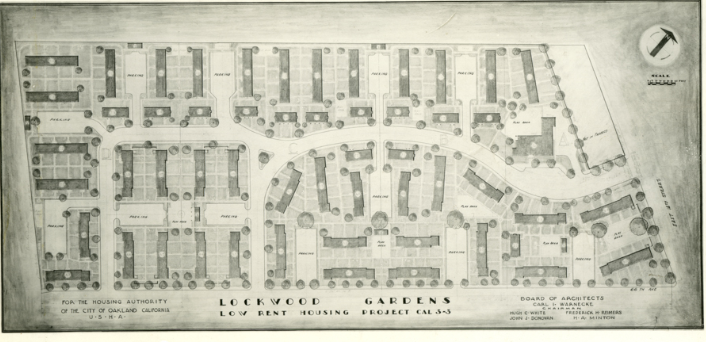
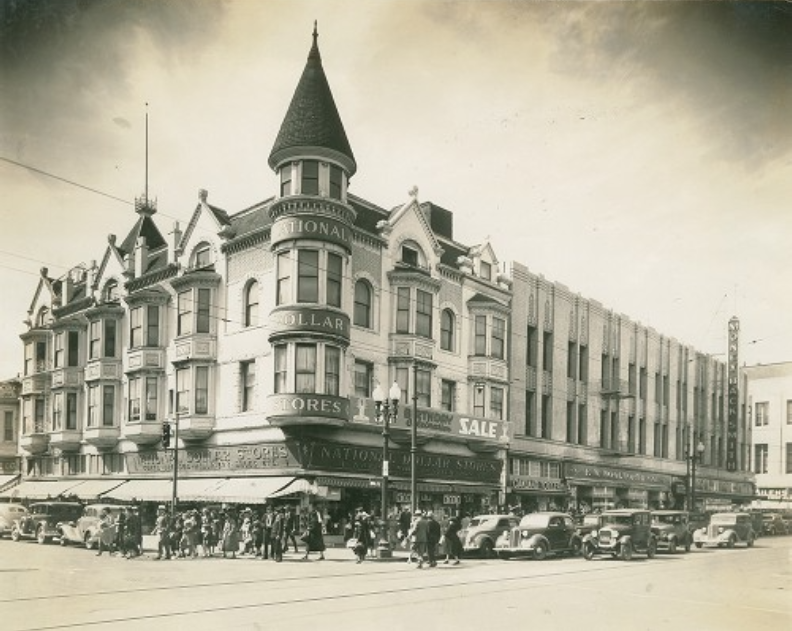
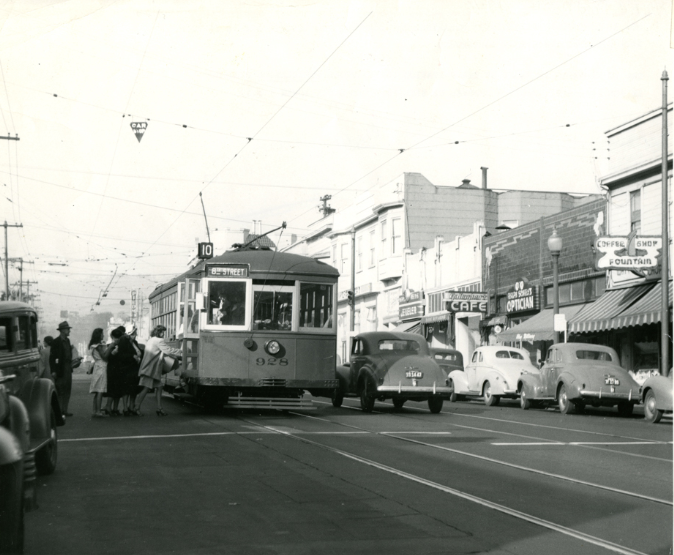
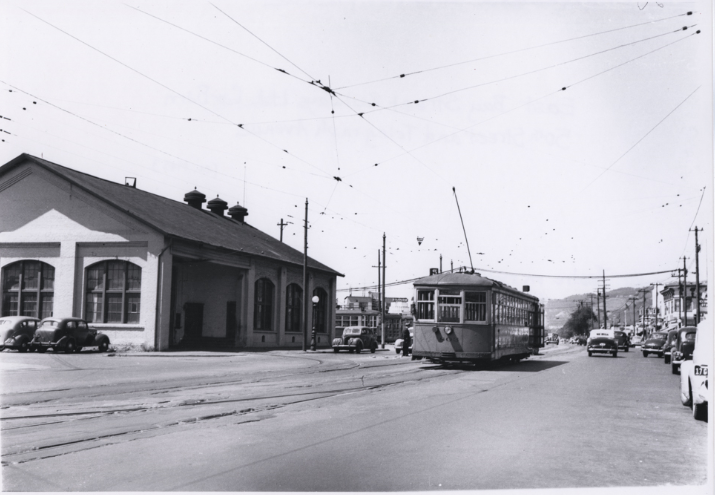
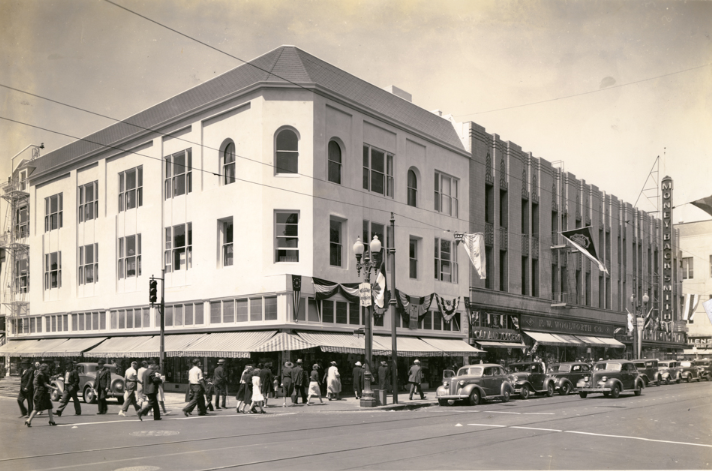
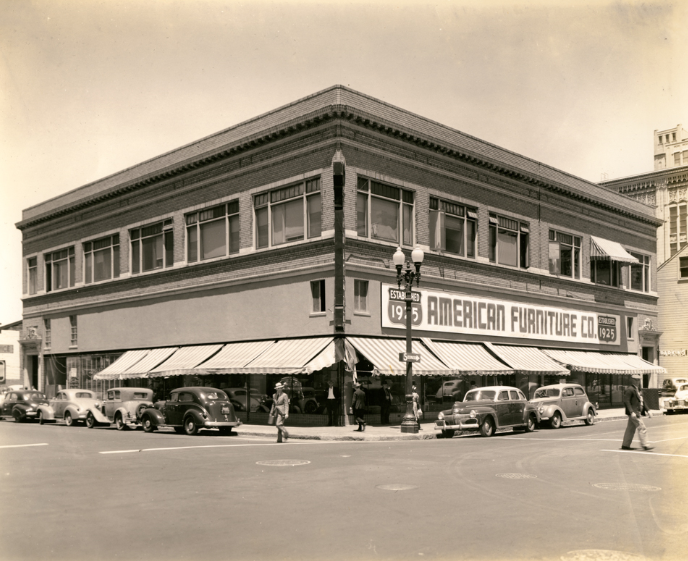
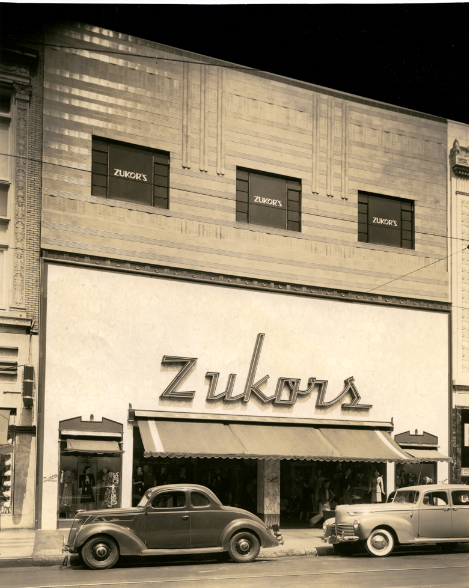
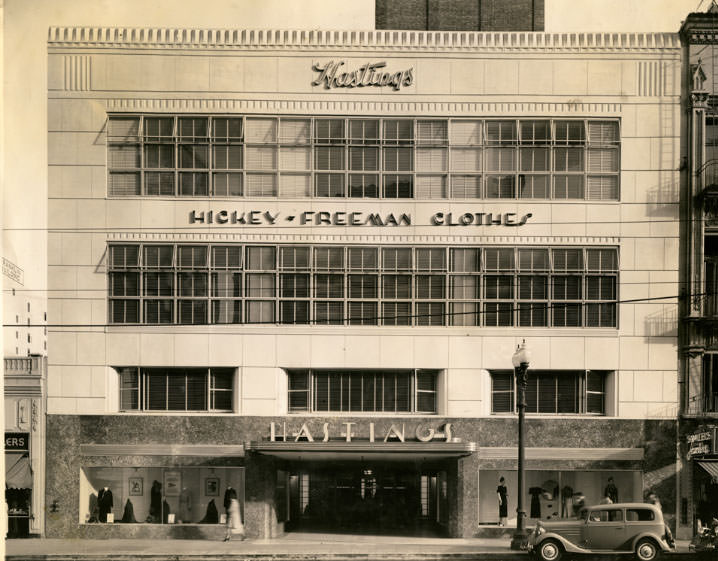
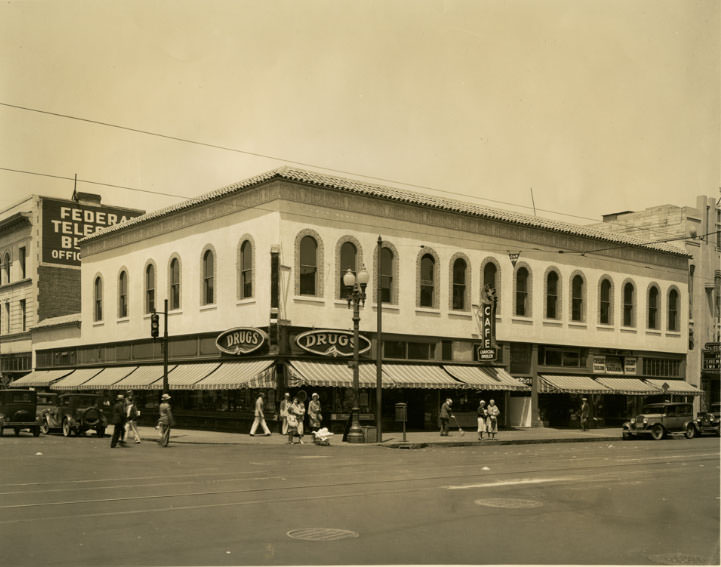
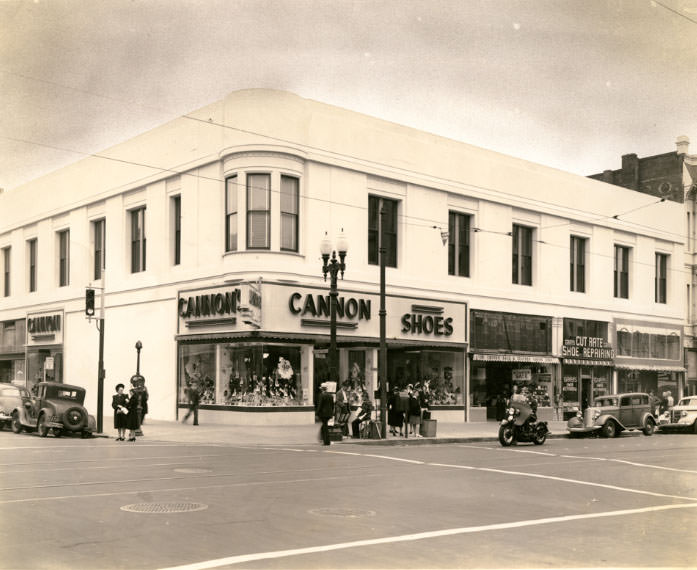
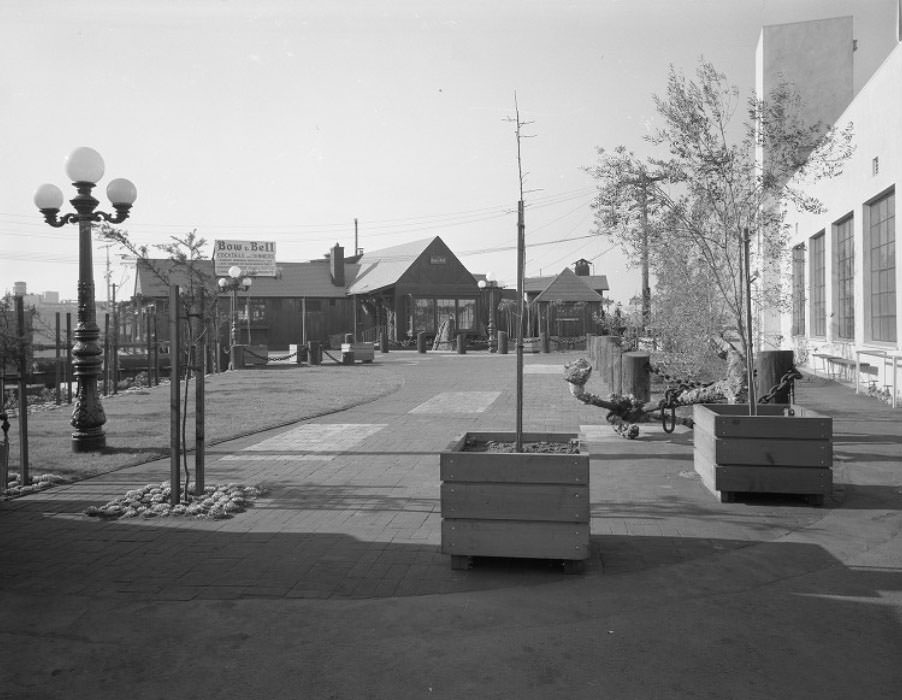
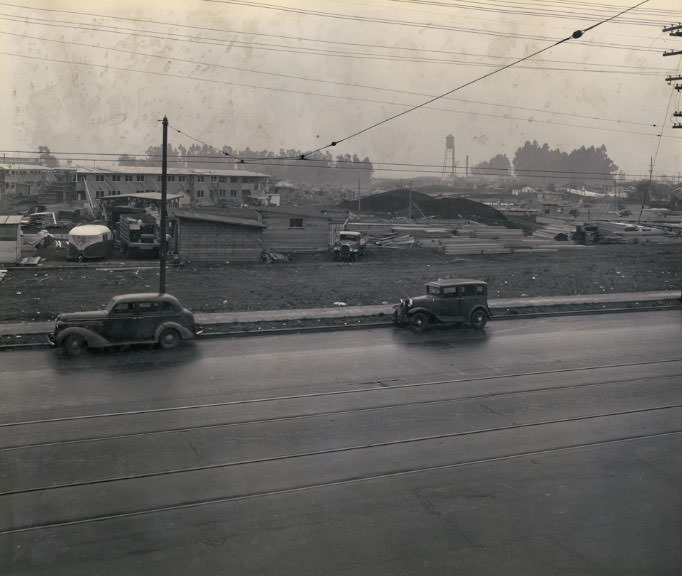
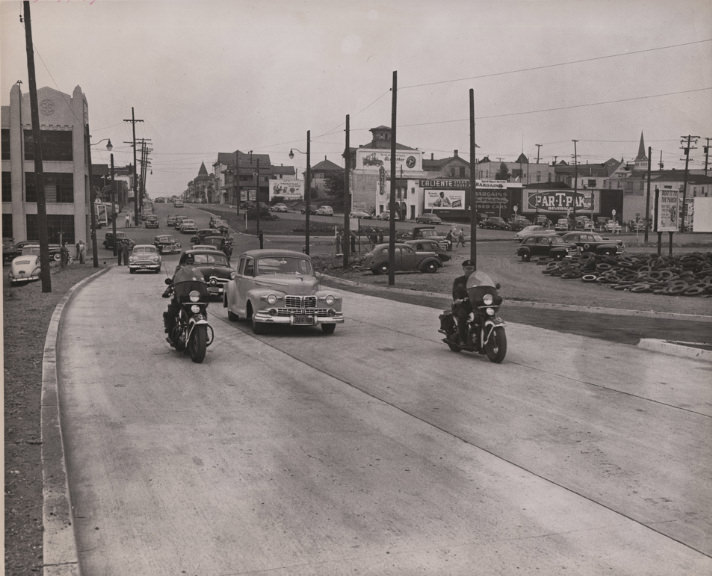

It is interesting how public transit has regressed since then. It now takes me longer to get to SF than it did 80 years ago.
Correct.. that’s why it’s a tragedy we lost the key system and the right of ways
Fenton’s used to be on 41st near the post office. It was founded in that location in 1894 (!) and moved to Piedmont Ave. in 1961.
Consequently, Oakland built ships and manufactured automobiles. I wonder what industries they are known for today. Does the majority of the population live there and commute to other cities for work? I only go to Oakland for concerts.
The Port. Also a fair number of government offices and nonprofits because office space is relatively inexpensive (BART, AC Transit). But yes many people commute to SF or UC Berkeley.
This was awesome to look at thanks for sharing!
So much less crime then.
My, we’ve certainly made a lot of progress since then haven’t we. I guess progress includes a progressive increase in crime too lol.
The harder it is to earn a living the more attractive crime looks. That’s just human nature.